Phonics instruction can vary drastically from classroom-to-classroom, teacher-to-teacher, and even program-to-program. Because of this, it is easy to become frustrated and concerned that we are not doing everything in our power to best meet our students’ needs.
Learning to read is like cracking a code because it takes a tremendous amount of practice and time to learn to read and understand new words. And, I am certain you will agree when I say that time is not on any teacher’s side.
To help you get the most out of your phonics instruction time, I am sharing some best practices that I have used in my own classroom. These best practices are research-based and teacher-tested (with a kid-approved seal, of course!).
Step-by-Step Phonics Instruction Planning
Before I dive right in and share the details of what phonics instruction typically looks like with my students, I want to mention a tip on planning. When planning, I like to start at the end goal and work my way backward. That being said, I use the backward design/planning process because it ensures that we are staying on target throughout each step of the lesson (even when time is not on our side).
This step-by-step planning process can be applied to any subject area, not just phonics instruction. Check it out below:
Fitting it all in is hard enough, but when some programs expect you to squeeze up to four sound-spelling lessons into your week, you have to be on your game at all times. Starting at the finish line and working backward will keep you on track! Trust me.
What do students need to learn?
We want students to understand the correlation between letters and sounds in order to identify, read, and write words. But, how do we teach that? Let’s break down the process into the following 2 parts to help us: Phonological Awareness and Phonics.
First, let’s look at phonological awareness. It’s important to understand that phonological awareness is not phonics. It involves the auditory and oral manipulation of sounds. Additionally, it does not involve print. Research suggests that varied, fun, and quick phonological lessons have proven to be the most effective.
When working with students on phonological skills, it’s important that we provide clear and methodical instruction that focuses on, at most, two skills at a time (ex: blending and segmenting). Teachers can say words aloud, use puppets to “talk”, or show students picture cards. Students can identify the sounds they hear by tapping, clapping, or using stretchy bands. Students can also segment and blend with sound boxes and chips.
Some students benefit from using their arms, in addition to the sound boxes, to help them break up the sounds they hear. Have them “chop” the top of their arm with their opposite hand for the beginning sound, “chop” the middle of their arm for the medial sound, and then “chop” the bottom of their arm for the final sound. Then, blend the whole word together as they smoothly move their hand from the top of their arm to the bottom.
When students are ready, they can begin to correlate sounds to letters. One way is to have students identify the sounds they hear and then write the corresponding letters for each sound. An effective strategy is to have students use chips or pom-poms to segment the sounds they hear. Then, they can replace the chips or pom-poms with letters.
If you’d like to use these sound boxes you see below (along with many other options), then you can download them for FREE at the bottom of the post.
Phonics is the association between letters and the letter sounds they represent. It is vital that we provide children with carefully sequenced, systematic direct phonics instruction. Below, I’m sharing some ideas on what to do for whole-group instruction, small-group instruction, rotation station time, and independent practice.
We all have different set schedules, so the amount of time allotted for phonics instruction is going to vary for each person. My suggestion is to do what you can during whole-group, and then try to carve out some time during the other chunks of your reading block.
Ideas for Whole-Group Phonics Instruction
I try not to have my students spend more than 15 minutes on the carpet for whole-group phonics instruction. During this time, I try to keep my students actively involved in their learning through movement activities, interactive readings, and “buddy-talk time.” The activities below are great introductory activities to any phonics lesson. I suggest only doing one of the whole-group activities per lesson.
Whole-Group Idea #1: Sound-Munchin’ Monster Activity (8 minutes)
Items You Will Need:
- a monster puppet – I found mine here (you can make an inexpensive one out of a paper bag if you don’t have a cloth one)
- 8 or so items or picture cards (4–5 cards that have the focus sound and 4–5 that do not)
- chart paper that only has the focus sound written in the center
What To Do:
First, determine what letter-sound pattern you are working on. Then, find about 4–5 items around your house or classroom, or use 4–5 picture cards (available here) with that sound.
For example: If the letter-sound pattern is /sh/ spelled “sh,” you could add: a shell, a Sharpie, a shirt, a shoe, and a shark toy. You will also want to add 4–5 items that do not make the focus sound. Additionally, if we were doing the /sh/ sound, I would add a few /ch/ items to the mix because students often have difficulty distinguishing between the two sounds, /sh/ and/ch/.
(Because you need to gather items, this activity does require a little prep work on your end. However, if it’s a Sunday night and you are already half asleep while watching a Netflix show, don’t fret! You can always use the picture cards I have available for you.)
Invite students to sit in a circle around you on the carpet. Then, place all items in the center of the circle. Be sure to have Sound-Munchin’ Monster on your hand (and get ready to speak in your best monster voice!). The key to this lesson is to not reveal what the secret sound of the day is! Have your students try to discover it.
Tell students, “Boys and girls, we have a special visitor today. Sound-Munchin’ Monster is here, and he is HUNGRY! The tricky thing about Sound-Munchin’ Monster is that he’s a PICKY eater. He only likes to eat foods that make a certain sound, but the sound he likes changes all the time! Let’s see if we can figure out which sound he wants to eat today. Who wants to help me feed him? If he likes what you feed him, he’ll gobble it up and say, ‘Nom, nom, nom.’ If he doesn’t like what you feed him, he’ll spit it out and say, ‘Blarggggg.’”
Choose students to help feed Sound-Munchin’ Monster. I am not exaggerating when I say your students are going to squeal with excitement overfeeding the puppet. (FYI: Not every child will have the chance to help you feed him. You may want to jot down the students you pick so that you know who to choose the next time you play).
Add all of the “foods” he eats (the foods with the focus sound-spelling) to the “Yummy Pile.” Add all of the “foods” he does not like (the food without the focus sound-spelling) to the “Yucky Pile.”
Afterward say, “What sound did we hear in all of the foods he LIKED? Turn and discuss your thoughts with your elbow neighbors.” When they think they know the secret sound that Sound-Munchin’ Monster liked, have them “lock” up their lips with a magic key.
Then, review each item with the class by listing each item aloud (Example: “He liked to eat ______, _______, _______, ______, and _______.”). Finally say, “Today, Sound-Munchin’ Monster liked foods with the _____ (have the whole class join you) sound!”
The Link Between Letters And Sounds
Because Sound-Munchin’ Monster is an auditory and oral activity, it acts as an excellent introduction or hook to your phonics instruction lesson and allows students to better understand the correlation between sounds and letters.
After students determine the sound, explain that the /_/ sound is spelled “_” (make that connection). Then, have a piece of chart paper ready with the sound-spelling pattern written in the center of it (see below). I suggest hiding the poster until after your students discover the sound.
Guided Release Method
Revisit the foods that Sound-Munchin’ Monster ate with the class. Explain that when they hear the /_/ sound, they are going to spell the word like this “____.” Model using the I Do, We Do, You Do method:
- I Do (Teacher Alone): Pick one of the items from the pile. Then, say the item aloud. Finally, write it on the chart paper. Explain that when they hear the /__/ sound in a word, it can be spelled “___.” Have students “spray-paint” the air with their fingers or provide them with whiteboards and dry-erase markers. Have them write the word along with you.
- We Do (Teacher with Students): Choose a student from your class to pick an item from the pile. Provide necessary support as he/she writes the word on the chart paper. Then, have students “spray-paint” the air with their fingers or provide them with whiteboards and dry-erase markers. Have them write the word along with you and the student.
- You Do (Students Alone): Have a different student pick another item from the pile. Allow him/her to model how to write the word without any support. Then, have students “spray-paint” the air with their fingers or provide them with whiteboards and dry-erase markers. Have them write the word along with the student, too.
Whole-Group Idea #2: Connecting Phonics Instruction to Poetry
To me, phonics and poetry are best friends because you can easily rhyme many phonics words with the same ending sound to create poems.
What To Do
- Display the poem on a document, camera, or hand-write it on chart paper.
- Read the story one time to the class. Then, have students tap their heads each time they think they hear the focus sound.
- I Do (Teacher Alone): Reread the poem. Explain that the /_/ sound is spelled “_.” Then, locate the first word with that sound-spelling and mark it or flag it with a Post-It Note. Lastly, say the word aloud.
- We Do (Teacher with Students): Point to another word in the story that is not one of the sound-spelling words. Then, have students turn and talk about whether or not the word fits with the rule or not.
- You Do (Student Alone): Call on a few students (in pairs) to mark the remaining words.
If you would like to snag this poem for FREE, you can download it below! I wrote this poem a few years ago (along with many other phonics poems). If you’d be interested in having me create a phonics poetry bundle, please let me know!
Whole-Group Idea #3: The Mystery Sound Box
Another simple and fun whole-group introductory activity that you can do with your students is called “The Mystery Sound Box”. I particularly like this activity because it allows students to make a concrete connection and provides them with a pictorial representation of the sound-spelling.
Cut a hole in the side of a cardboard box. Make the hole large enough for students to put their hands in. Then, tape a piece of cloth or paper over the hole (but keep it so the hole is still accessible).
Pick a secret item that has the sound-spelling you’ll be working on in the word (example: a bag of seeds for long e, spelled “ee”) and place it in the box.
Next, pass out the sheets you see above (crayons and pencils, too). Allow students to reach inside and feel the item. Then, provide them with two or three clues about the item.
Give them time to draw and label what they think is inside the box before revealing the mystery item. Then, explain that the mystery item has the /_/ sound in the word. Make the connection between the sound and letters by modeling how to write the sound-spelling.
Finally, allow students to draw and label the actual item, and have them write the sound-spelling at the bottom of the sheet. This is another FREE activity that you can grab in the download below.
Follow-up Word Work Activity: Flashlight Frenzy/Write the Room
Flashlight Frenzy has been a classroom favorite for years! This is an excellent follow-up activity after you have modeled how to identify and write words with the sound-spelling pattern.
How It Works
Scatter picture/word cards around the classroom (available here). I like to scatter some pictures/words with the sound-spelling and some without. Then, have students record only the words with the focus sound-spelling. That way, students have to really use their thinking caps!
For a little extra practice, have students outline the sound-spelling with a highlighter or crayon.
To add a little novelty to the lesson, turn off the lights, and give each student a flashlight. Scatter cards (picture cards or word cards) around the classroom. Then, have students use their flashlights to locate the words or pictures that have the focus sound-spelling.
Afterward, I require them to go back to their seats and write a sentence using a word that they found. Many schools have a class set of flashlights available (sometimes in science kits). I purchased the ones you see above at Dollar Tree. They will love using their flashlight to search for words!
If you’d like to use the recording sheet (multiple options available) you see below, you can grab it for FREE at the bottom of the post.
Another fun take on Write the Room are these “My Little Phonics Books.” For these, you still scatter cards or pictures around the room, but instead of using the sheet(s) above, you use the books. Just have students flip to the page you’ll have them use prior to heading out on the hunt. Easy-peasy and fun! You can print these as a full-size page or you can adjust the size and print multiple sheets on one page (like little pocketbooks).
Ideas for Word Work
Create a Word Work Space
Creating a simple, seamless system for Word Work will save the sanity of everyone (teacher included). My best bit of advice is to find a smaller space within the classroom where you can set up a station for students to gather what they need for Word Work. This ensures that students are not wasting any precious learning time shuffling around for materials.
I found out that the bins below have worked best for my students. Each bin is clearly labeled with different phonics tub activities. When students go to Word Work, all they have to do is grab a bin, find a quiet space in the classroom, and then begin working.
Establish Strong Routine and Expectations
Consistency is key when teaching phonics (or any subject area, for that matter)! Predictability and structure allow students to focus solely on the new sound-spelling without having to put energy into learning how to complete the task at hand. Establishing clear routines and expectations helps hold students accountable for their actions and learning.
A few years ago, I began using a reflection log for students to complete after Rotation Station time. It was a simple and effective way for students to “check-in” with themselves (behaviorally and academically). If you’d like to use the log I used, you can download it for free at the bottom of this post.
Give Students Choice
Students all learn in different ways. The simplest and most effective way to meet students’ needs is by giving them choices. Research has shown that students are more creative, better problem solvers, and more engaged when they are given choices. That’s why we, as teachers, must provide hands-on instruction that taps into multiple learning modalities.
When students go to Word Work during Rotation Station time, they have the choice to work on any of the activities in the bins you see above. Nine of the bins pretty much stay the same all year (with the exception of a few bins that will be replaced with grammar activities later on in the school year). The only thing that changes is the focus sound-spelling.
I purchased these bins at Michael’s Arts and Crafts for around $5 apiece. They always have great deals there (and their coupons help, too). Most of the materials you will need for these bins are provided for you (you can read all about them below). The materials that are not provided (dry-erase markers, whiteboards, etc.) are items you most likely already have in your classroom.
To add a little novelty to this station, I also include three “Switch It Out” bins. The activities in these bins change about twice a month. Usually, I briefly explain how to do the “Switch It Out” activities on Friday afternoon before dismissal. Then, I explain them again on Monday morning before we go to Rotation Stations.
I do not monitor which activities students complete each day. I do, however, encourage them to switch up the activities that they work on. We talk about that as a whole group (and sometimes individually) as they complete their Reflection Logs (what I mentioned above).
Phonics Bin #1: Match It Up
Match It Up is the perfect game to play independently, but it can be played in pairs or small-groups too. It’s really up to you! The beauty of this game is that ALL students can play (regardless of their reading ability).
The text on each clue card challenges your strong readers and the picture support helps your struggling readers. I’m showing you what you’ll need for this bin and some ways to play the Match It Up game.
There are about 500 cards for all of the phonics sound-spellings. The cards are color-coded by sound-spelling to help your students!
What You Will Need
- all of the Match It Up cards, including clue cards and paw print cards
- magnifying glasses
- whiteboards (if you wish)
- dry-erase markers (if you wish)
Option 1: A student will scatter around the paw prints (face up) and will have the clue cards in his/her hand. As quickly as possible, the student will read the clue on the card (or look at the picture) to try to find the match. What are the magnifying glasses for, you ask? If students think they’ve found a match, they can check to see if they have found the correct pair by looking in the corner of the clue card for the word written in tiny letters. Because it can only be seen with a magnifying glass. What kid wouldn’t love this game?
Option 2: This option can be played with multiple students. Provide students with the Match It Up cards they will need. Then, have students scatter the paw cards and clue cards on the floor face down. Similar to Memory, students pick one clue card and one paw card. They read the clue (and look at the picture) and read the word on the paw. If the two cards are a match, they keep them. The student who collects the most cards wins that round.
To take this activity one step further, students can write sentences for all of the matches they find on whiteboards.
Phonics Bin #2: Clip-Its
Clip-It cards are an easy tool to prep for your phonics instruction bins. To use the Clip-It cards, students must first look at the picture provided. Then, they must read the three words listed. The tricky part is all of the words have the same sound-spelling. Therefore, they have to decode each word in order to determine which one matches the picture. It’s easy and effective!
I also like how we are able to squeeze in a little fine-motor practice! If you’d like to take this activity one step further, you could provide students with whiteboards and markers and then have them write sentences for each word.
What You Will Need
- Clip-It Cards (there are over 400 cards)
- Clothespins
- Whiteboard (if you wish)
- A dry-erase marker (if you wish)
Phonics Bin #3: I Can Write!
I Can Write is an excellent activity for phonics instruction bins. Provide students with these writing cards and have them go to town. Students must identify the picture, write the word for the picture, and then use that word in a sentence. The lines are extra-large to give students plenty of space to write.
What You Will Need
- “I Can Write” cards (there are 500+ sentence cards)
- Dry-erase markers
Phonics Bin #4: Hands-On Mats
The Hands-On Mats are my personal favorite phonics instruction activity because students can interact with their phonics words in a multitude of ways (all on the same mat!).
What Students Will Need
- Phonics mats
- Picture cards
- Word cards
- Dry-erase markers
- Letter tiles or magnet letters (I also have printable letter cards available, as you see below)
This mat requires students to choose a word card, connect the letters to form the word, and then use the word in a sentence.
This mat requires students to choose a picture card or word card, write the word to match the picture, build the word, and then use the word in a sentence.
This is similar to the one above except no writing of the word is required. Students can use letter tiles, magnet tiles, or the letter cards you see below (the most inexpensive option). I cut out the letters and put Velcro on the back.
FYI: If you plan on using the letter cards, you will need to print multiples of the letter cards because some words have more than one of the same letter.
For this mat, students select a word card, build it, and then write a sentence.
For this mat, students choose a word card, draw a picture, and then write a sentence with that word.
Finally, this mat requires students to “type” and write words.
Phonics Bin #5: Trace, Build, Write
Trace, Build, Write is another phonics instruction activity that is simple yet highly effective.
What You Will Need:
- Trace, Build, Write books (500+ books)
- Dry-erase markers
- Erasers
- Letter tiles (I like to use the ones from Bananagrams)
Phonics Bin #6: Phonics Writing Pages
These writing pages are every teacher’s dream for phonics instruction! For each writing sheet, you’ll find five or so words (with the image included) and plenty of writing space. Students can choose some of the words from the Word Bank to write their own silly stories. You can have them color the words that they decide to use and highlight those words in their story.
What You Will Need
- Phonics Writing Pages (100+ pages)
- Pencils
- Crayons
At the bottom of the sheet, you’ll find this self-check rubric. Students can check off that they have done all four parts before turning in their work.
Phonics Bin #7: Search and Find
For this activity, students must read the focus sound-spelling and then find words that have that sound-spelling in the jumble of words. The fonts and text sizes are all different to help familiarize students with different fonts found in stories.
What You Will Need
- Search and Find sheets (100 sheets)
- Dry-erase markers
- Magnifying glasses (if you wish)
Phonics Bin #8: I Can Build It
These build-it mats are great to have for phonics instruction in your Word Work area. Students can use playdough or pom-poms to fill each word. The focus sound-spelling is highlighted in gray. I suggest having your students use two different colors when filling each word to help them recognize the focus sound-spelling. The tweezers and playdough help students work on their fine motor skills.
What You Will Need
- I Can Build It mats (500+ mats)
- Red and blue pom-poms
- Red and blue play dough or Magic Dough
- Jumbo tweezers
Phonics Bin #9: Word Masters
These Word Master sheets have been a classroom favorite for years! I must say, I really love these, too. Three options are included. Students can circle the letters they will use to make words or they can use magnet tiles or letter tiles.
What You Will Need
- I’m a Word Master mats (over 100 mats)
- Dry-erase markers
- Erasers
- Magnet letters or letter tiles
Option 1: I Can Make and Build Real Words (write four real words)
Students write four real words on the lines provided. This is great for those who easily get overwhelmed with writing. Students can use letter tiles to build the words before writing them if they would like.
Option 2: I Can Make and Build Real Words (open-ended)
Students try to make as many real words with the letters or letter-pairs provided. They write all of the real words in the open box.
Option 3: I Can Make and Build Words (real vs. nonsense version)
Students make as many words as possible and then sort them by whether they are real words or nonsense words.
Switch-It-Out Bin Ideas
Like I mentioned above, you can add a little novelty to the Word Work station in your classroom with “Switch-It-Out” bins. You don’t have to change out the activities in these bins very often, but adding some new activities keeps students excited and on their toes! Here are a few of my favorite “Switch-It-Out” activities:
Ducks In the Pond
You will need to laminate and tape the picture cards and the matching words to the bottom of the ducks. Students will scatter the ducks all over the “pond”. Similar to Memory, students will then try to find as many word-and-picture matches. The one rule is that if they do not find a match, they must place the ducks back where they found them.
If students are playing individually, they can use a sand timer to see how many words they can match in one minute. Once the minute is up, they must put them all back and try again. Each time, they will find more and more matches. Once they find all of them, you can then have them write sentences for each one.
What You Will Need
- plastic ducks (I purchased mine here)
- small picture cards (I used the ones available below, but I printed with multiples on each page; I selected “Multiples” and then changed the settings to 4 x 4)
- word cards (same printing as above)
- piece of blue cloth/felt cut into the shape of a pond
- sand timer (if playing individually)
Making Words With Pipe Cleaners
If students are up for the challenge, this is a really fun phonics instruction bin! Students can use the word cards provided to build words with pipe cleaners. I found Jumbo Pipe Cleaners in the art section at Target for just a few dollars. First graders will go ga-ga over them. Regular-sized ones work great too if you are unable to find the big ones. After students twist the pipe cleaners to build their word, they can then use the word in a sentence.
What You Will Need
- Pipe cleaners
- Dry-erase markers
- Phonics word cards (500+ word cards)
Making Words With Magnet Letters
For this activity, students take a picture card and practice building the word on a magnetic whiteboard or cookie tray.
What You Will Need:
- Magnet letters
- Picture cards
- Magnetic whiteboard or cookie tray
Making Words With Paint And Sand
Another easy-to-prep phonics instruction activity that is certainly a big crowd-pleaser! For the painting activity, fill up a gallon-sized Ziploc bag with a small amount of paint (hair gel works well, too), add a little water, and then go to town.
Students can write words with their pointer fingers. To “erase,” all they have to do is run their fingers over the word they “painted” to squish the paint around. The sand activity works similarly. Just make sure not to add too much sand to the bottom of the box/tray so that students can see the word they wrote.
You can find this similar activity in my other blog, Hands-On Sight Words.
What You Will Need:
- Word cards
- Paint
- Sand
- Plastic crayon box or shallow tray
- Ziplocs
- Whiteboard or lunch tray
Ideas for Small-Group
Ideally, while your students are at Rotation Stations, you can be working with a small-group on comprehension, phonics instruction, sight words, fluency, and vocabulary. You might be asking, “What tools do I need to have at the small-group table?” Below I’m sharing some tried-and-true tools that are beneficial to have on hand!
First up, the bin you see below. I got this bin on Amazon awhile back and it has been a total lifesaver. The compartments keep everything organized and you are able to see everything right there in front of you. No more digging around in a drawer!
What All Is Inside?
- Phonics Assessment Strips
- Reading Strategy Cards (free)
- Finger Beams
- Reading Finger Monsters
- Magnetic Wands
- Phonics Picture Cards
- Phonics Word Cards
- My Little Word Ladders (free)
- Playdough
- Pom-poms
- Reading Phones
- Soundbox Cards (free)
- Master-It Books
Some other “tools” to have on hand are: I Can Point and Read binder (see below), magnetic letters, whiteboards, dry-erase markers, and pencils. Let me share more in-depth details about all of these tools below.
Master-It Books
These Master-It books are a must-have for every teacher! Each book focuses on a different sound-spelling. You can print multiple copies of the same book for your students. Students can use the reading finger monsters or finger beams to highlight the words as they read. I also included two free reading tools: the magnifying glass and the star kid. Students can “frame” the words that have the sound-spelling. There are over 100 books included.
Phonics Assessment Strips
Another beneficial phonics instruction tool to have on hand is these assessment strips. You can pull students one at a time for a few minutes (example: during morning work) or you can have students practice with these during small-group time. I have had parent volunteers use these with students in the past, as well. All sound-spellings are included.
I Can Point And Read Binder
The pages you see below can be printed out as large posters or they can be placed in sleeves and put in a binder. It’s up to you! I have used these both ways: as whole-group reference posters and as small-group instruction tools.
Ways to Use Binder
- work with students one-on-one
- have a parent-helper or volunteer pull students
- make a few binders and have students practice together
Another idea is to set up a little “visitor” area in your classroom. My old principal would often come in to watch and work with students. I put the phonics binder in the visitor area for her along with the names of a few students. It was a win-win for everyone. She loved helping me and getting to know my students. And, my students absolutely adored having that one-on-one attention from the principal! They were highly motivated. I know that this situation is not always possible, but even a space like this for volunteers is great! There are over 100 posters included.
Independent Practice: Read And Practice Sheets
I often like to have those students go back to their seats to practice what we worked on in small groups. These Read and Practice sheets are the phonics instruction tool for just that purpose. Students are required to interact with the focus sound-spelling in multiple ways (circle real words, trace and draw, read and circle, and write sentences).
You don’t have to use these immediately after a small-group session. You can use them as independent practice after a whole-group lesson, for homework, or as morning work. It’s truly up to you! There are over 100 sheets included.
Do you want these word work activities?
If you want your students to partake in rigorous, fun, and engaging phonics instruction activities, the Hands-On Phonics Bundle is just the ticket. The Hands-On Phonics Bundle includes a collection of over 2,000 pages of resources for every single phonics sound-spelling. These activities will help build confident and lifelong readers!
P.S. You can access the MASSIVE 130-page phonics freebie by signing up below! Oh yes! You’ll find the poem, soundbox templates, Little Phonics Book, reflection logs, and reading strategy posters inside.

Love this resource and wish you had access to more like it? Want instant access to a library of resources (for ALL content areas) catered specifically to you and your students’ needs? If you’re nodding yes, then be sure to join the LK Teacher Club!
When you join the LK Teacher Club, you gain instant access to the resource I share all about in this blog post, plus every other resource I’ve ever created ($6000+ value).
Not only that, but you’ll also have immediate access to more than 100 exclusive resources that aren’t found anywhere else!
Get ready to tackle teaching with confidence and ease! Click here to find out more about the LK Teacher Club.

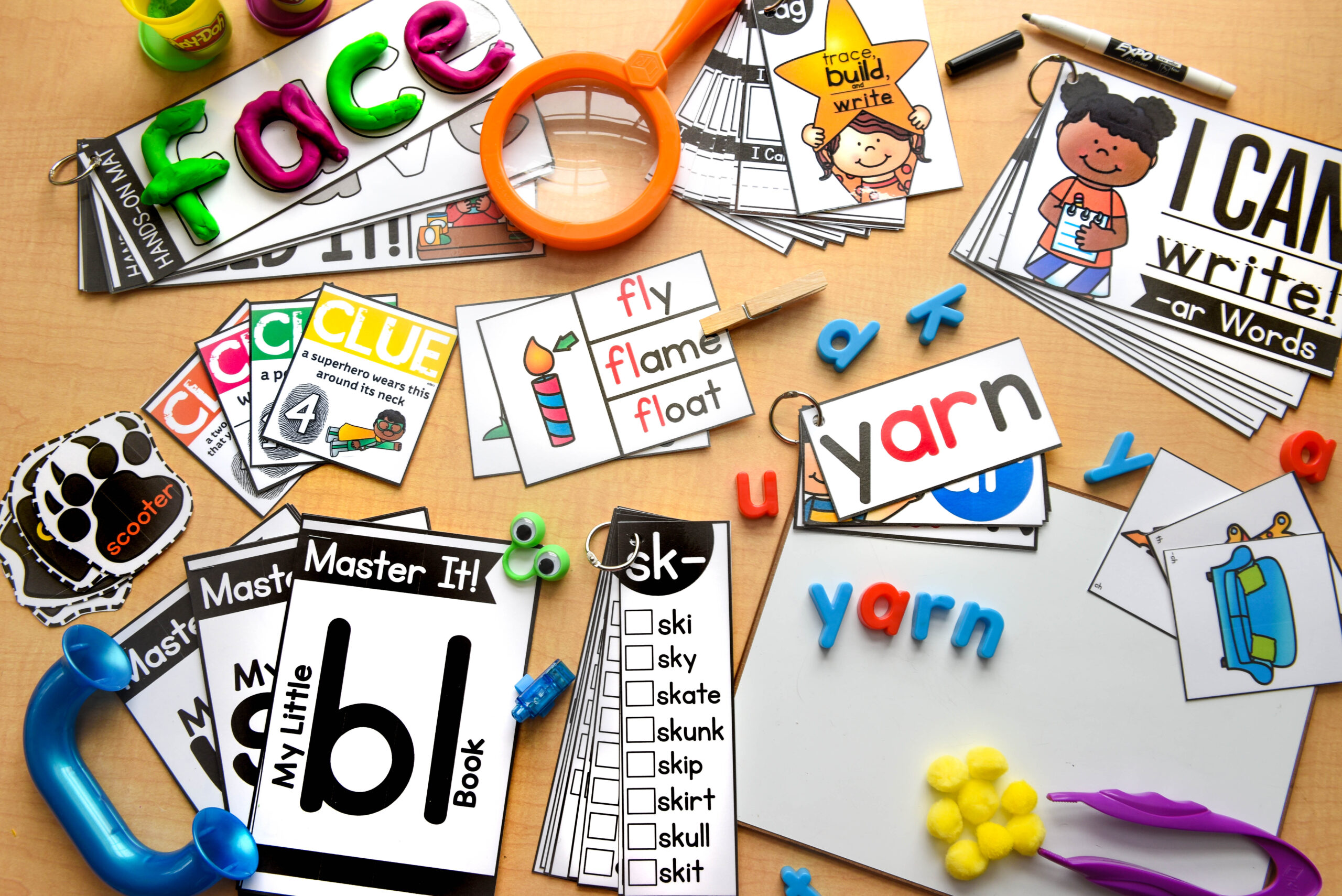
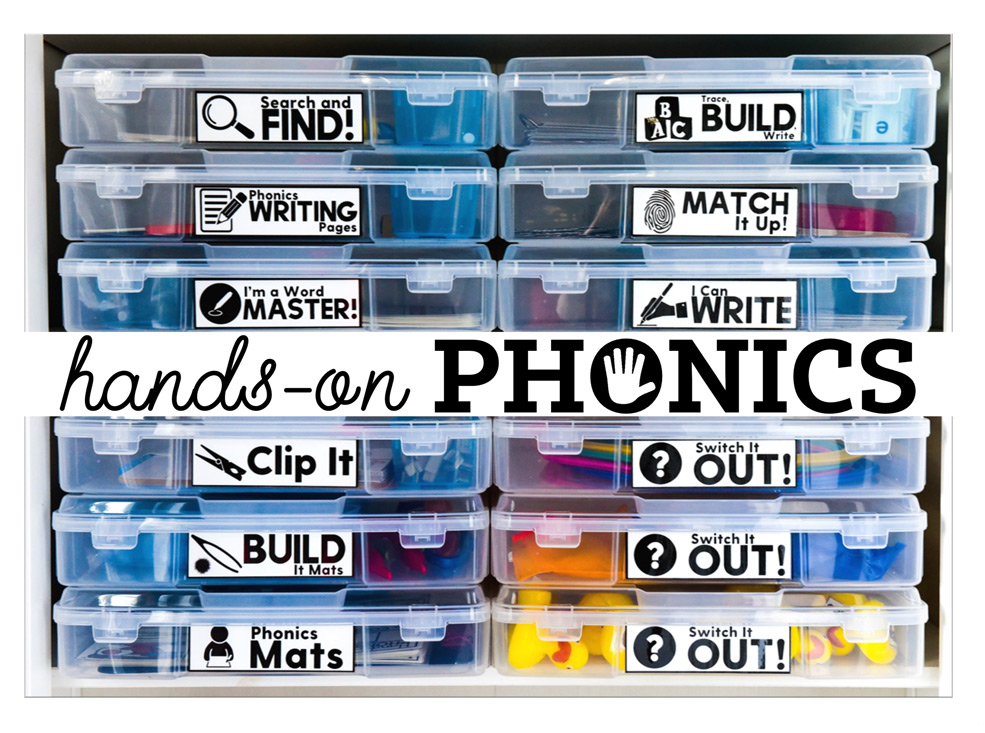
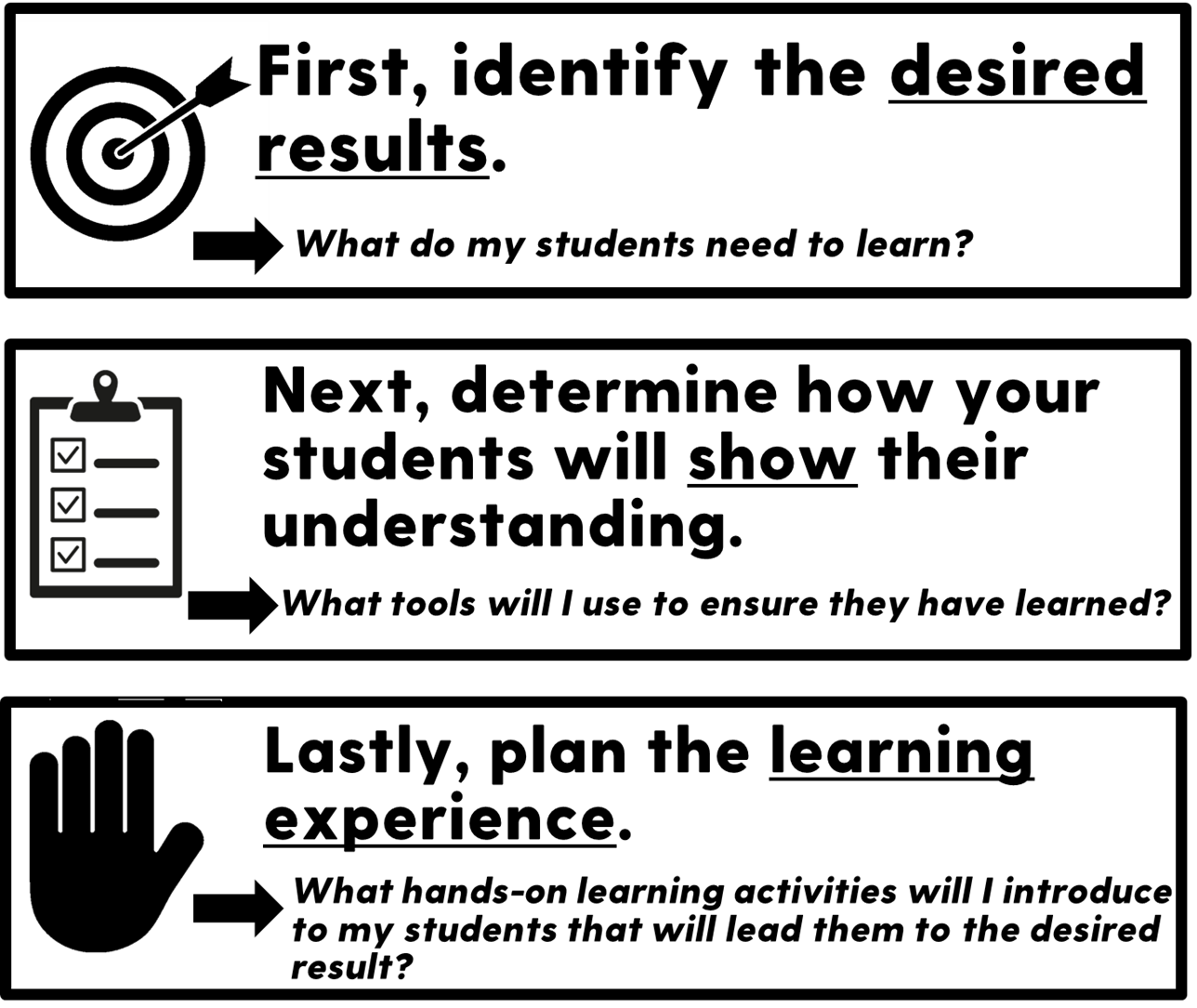



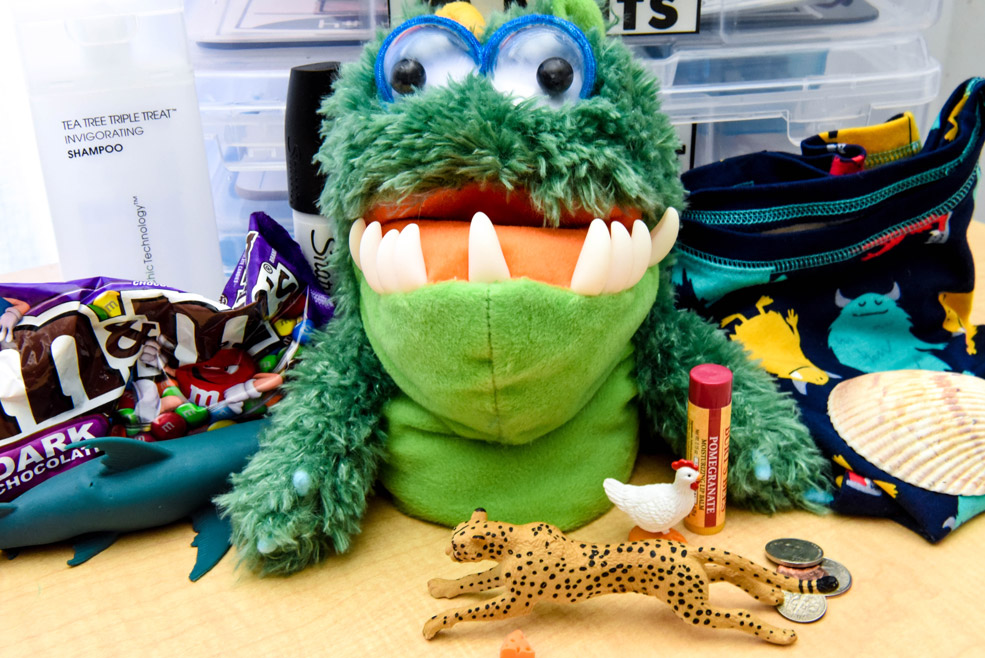

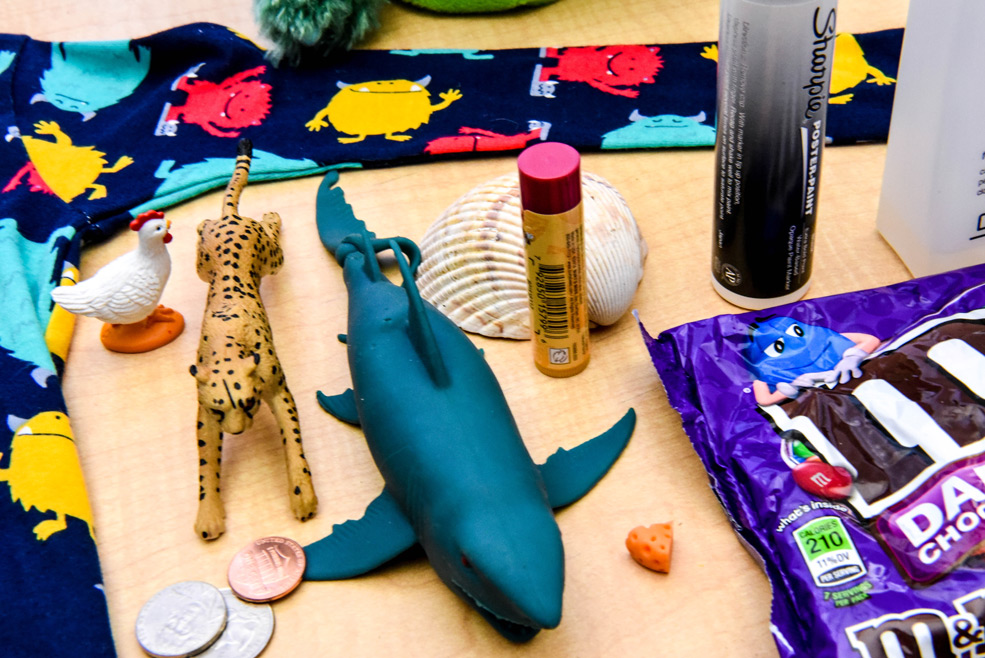






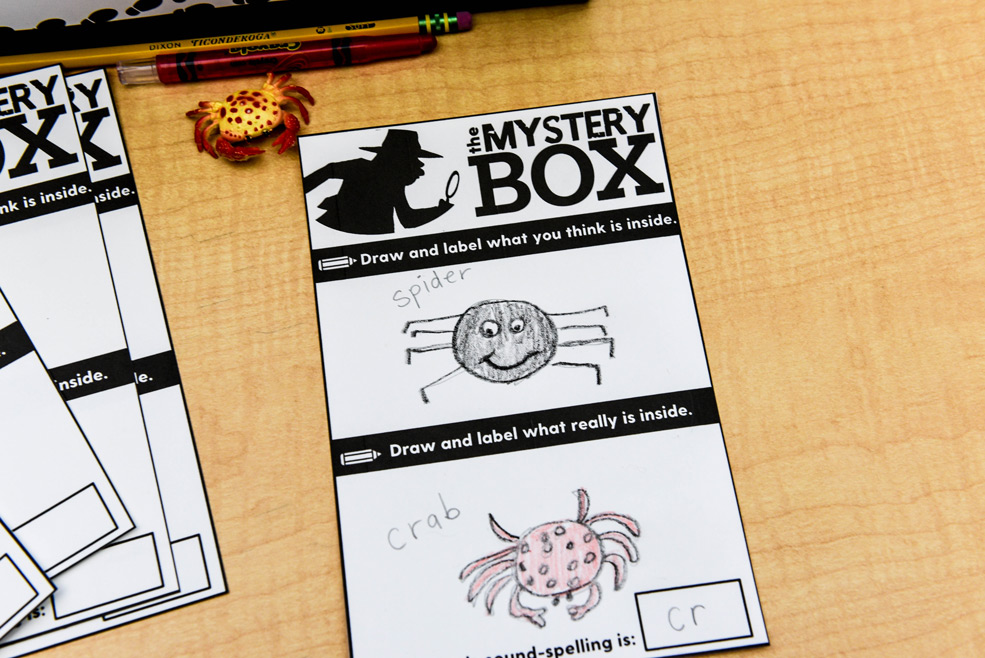
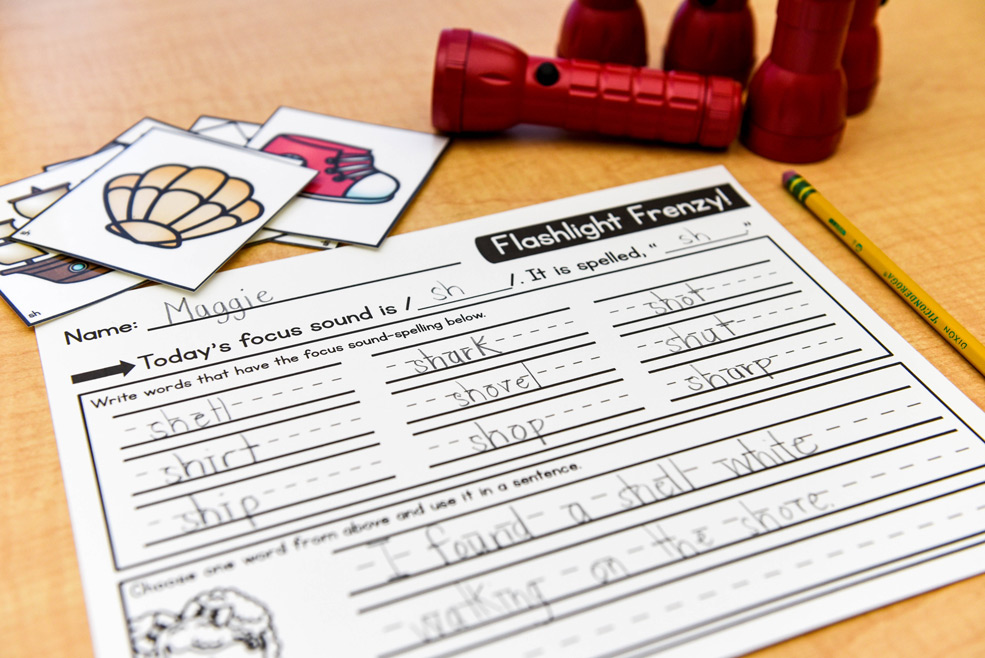

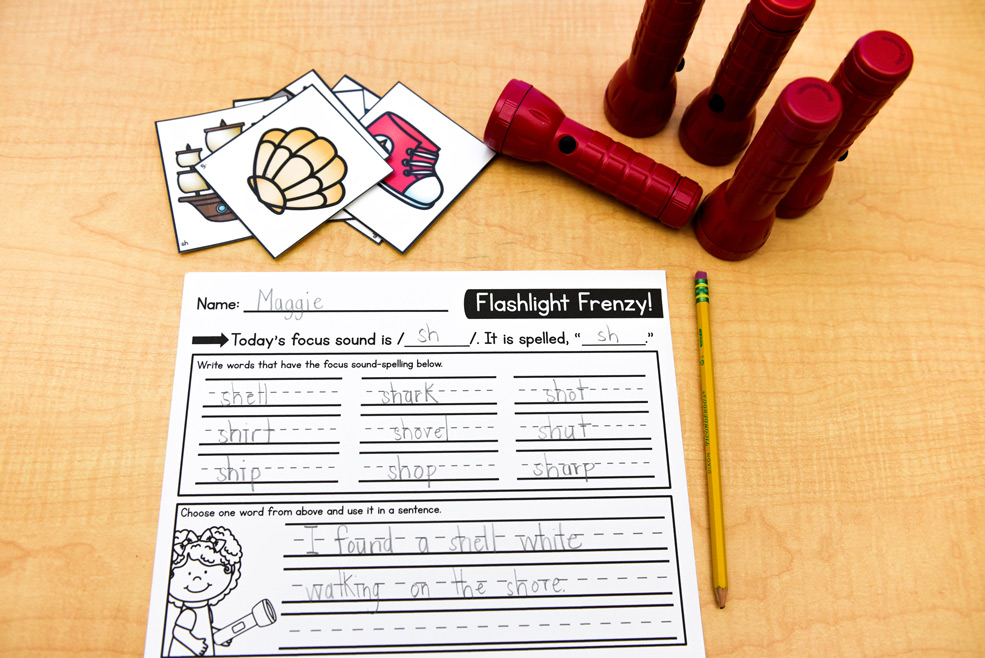


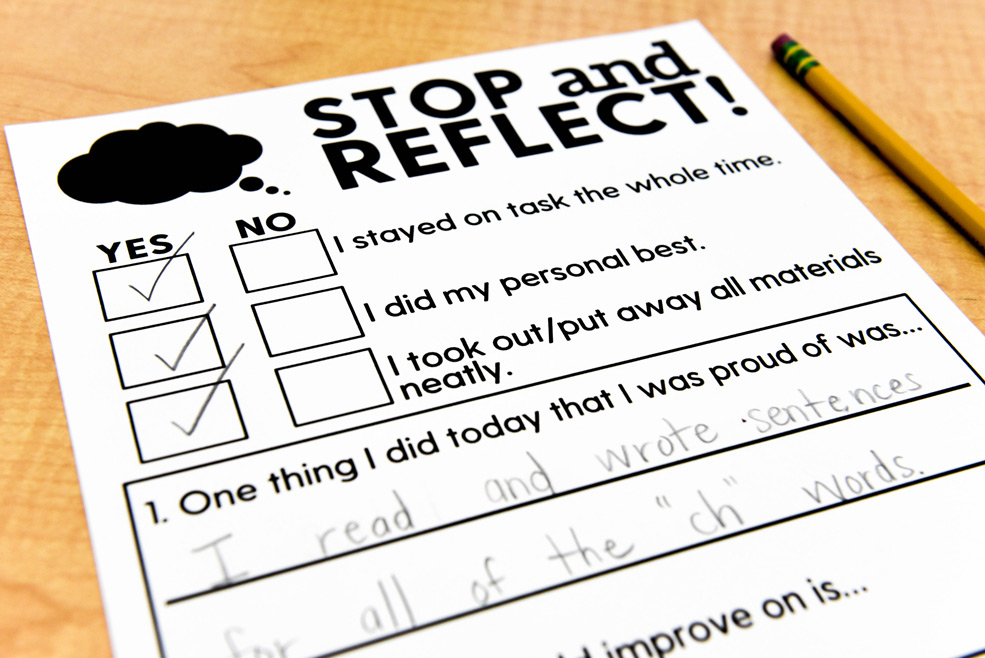
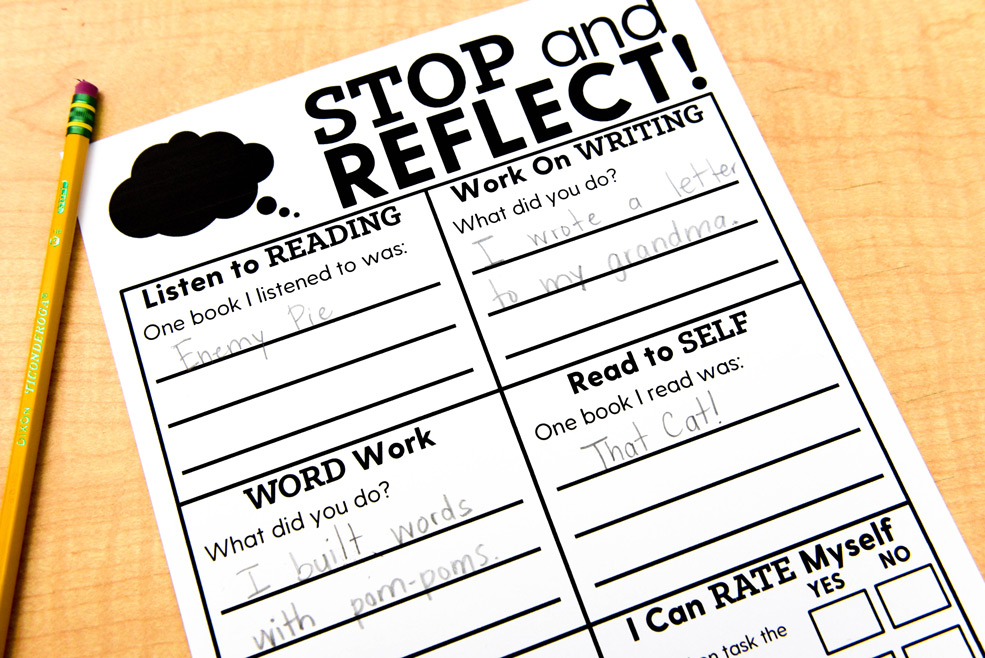


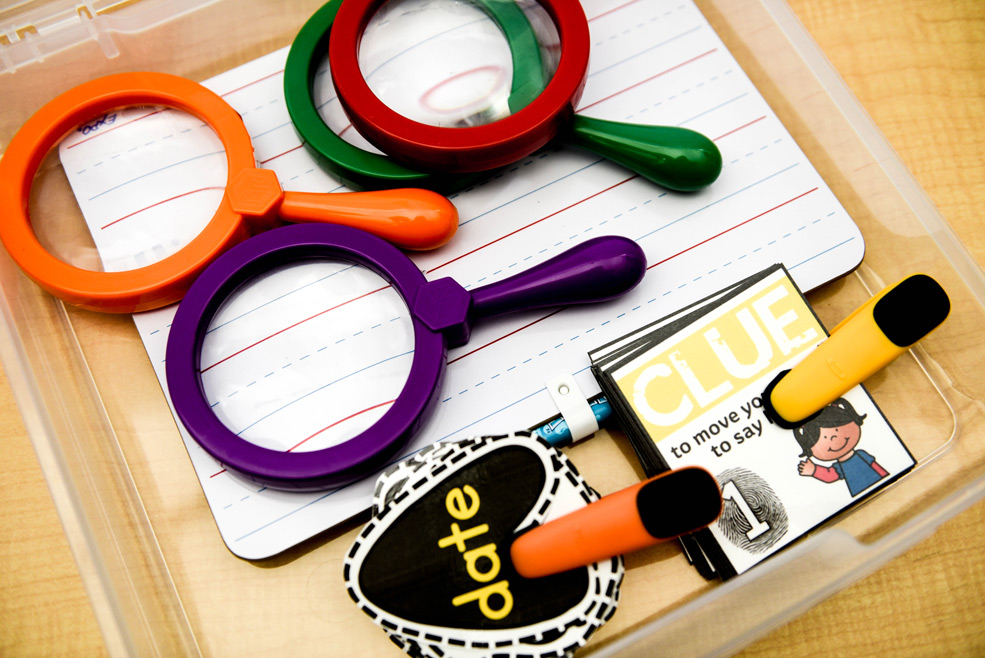
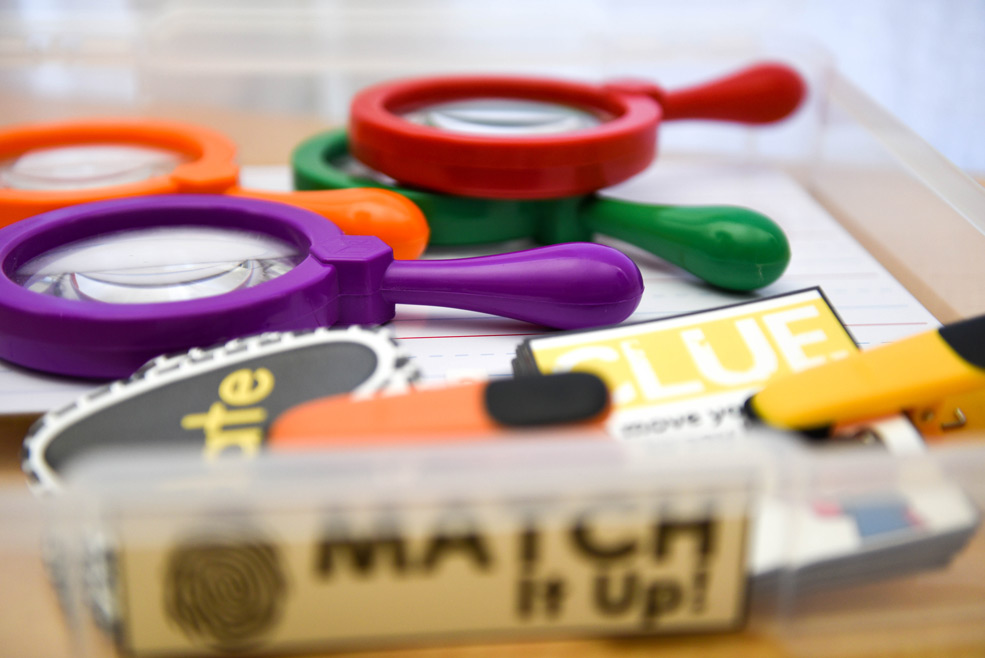
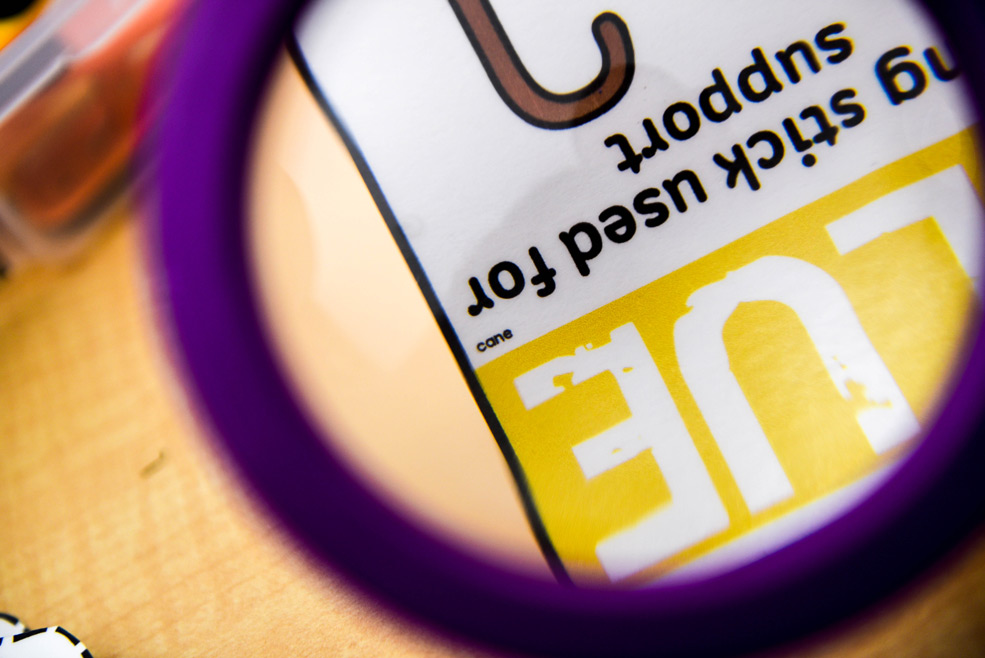
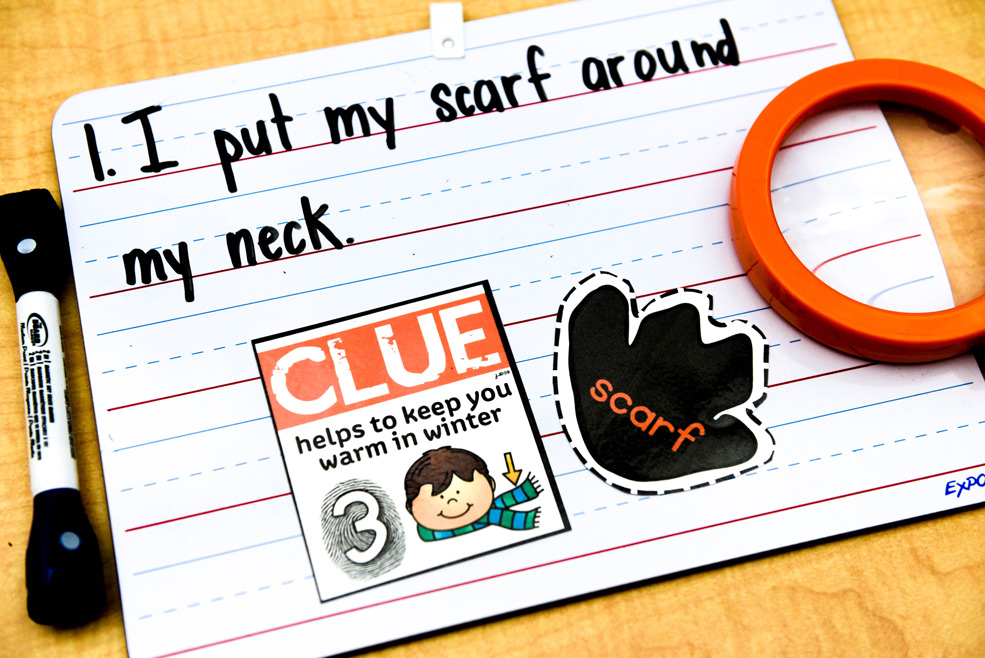
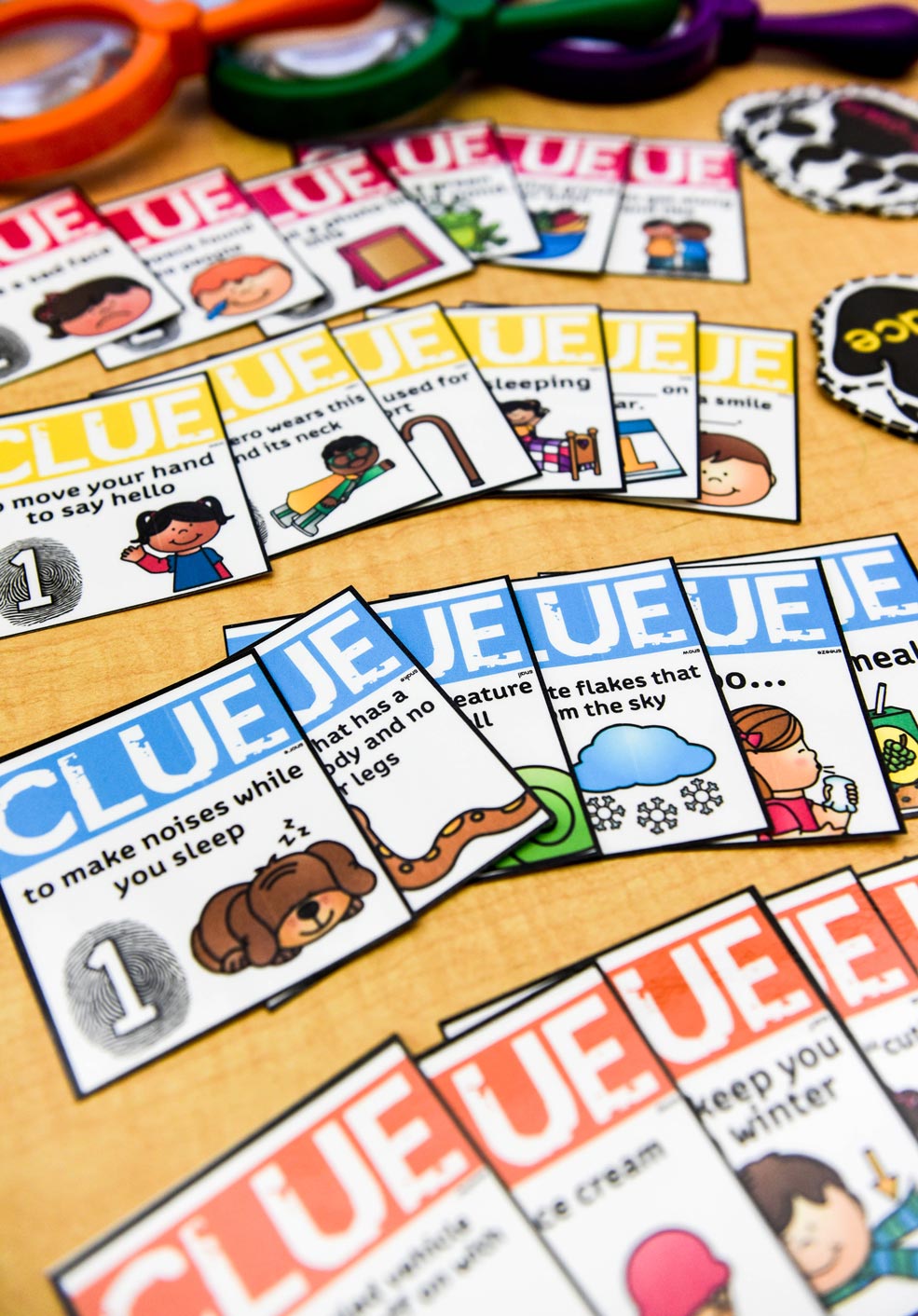
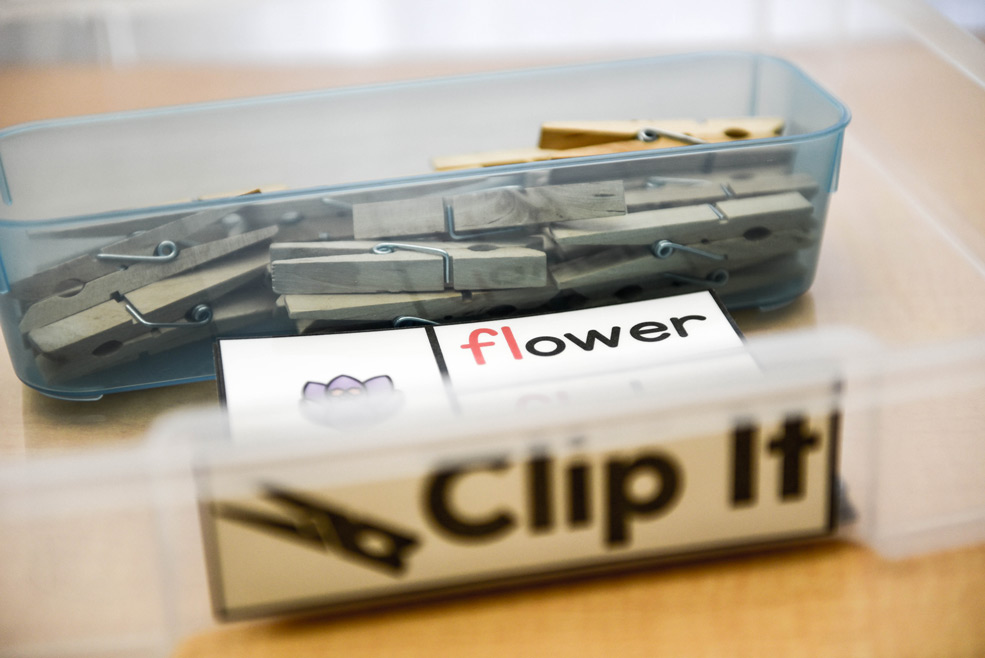
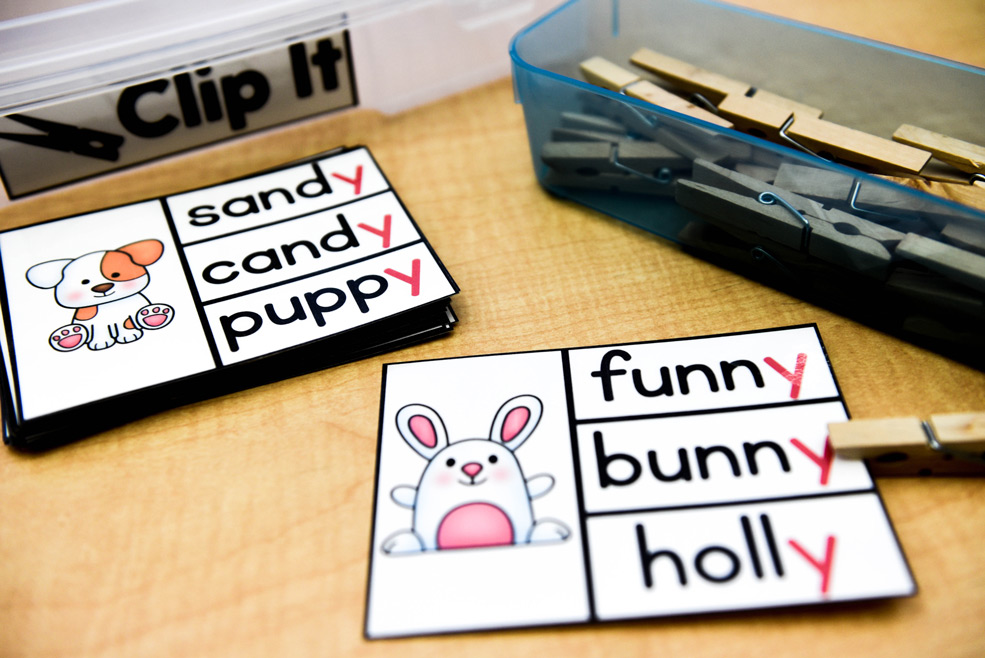

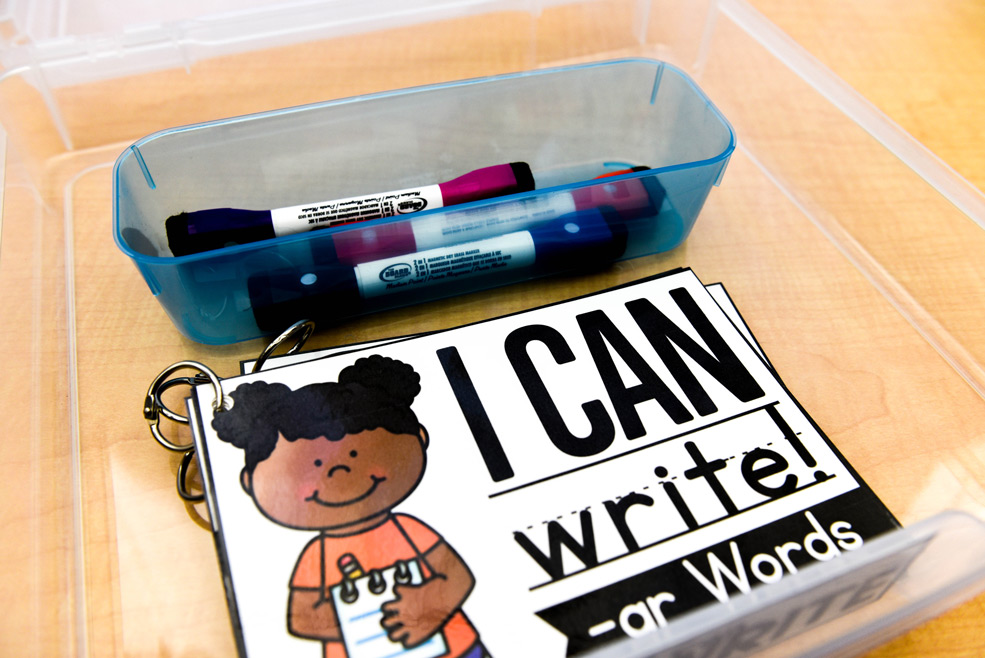
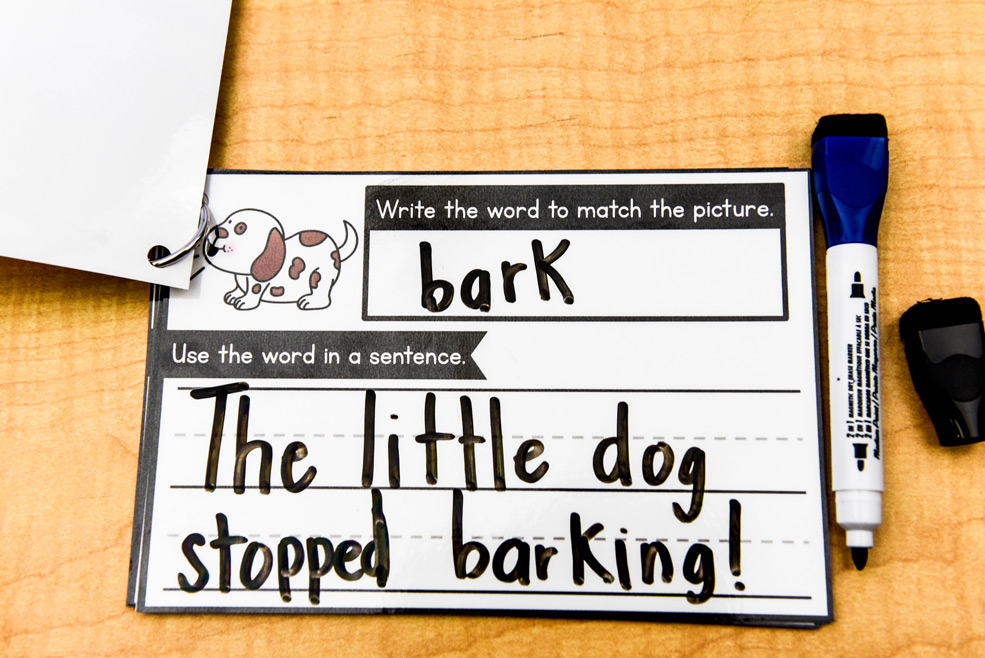
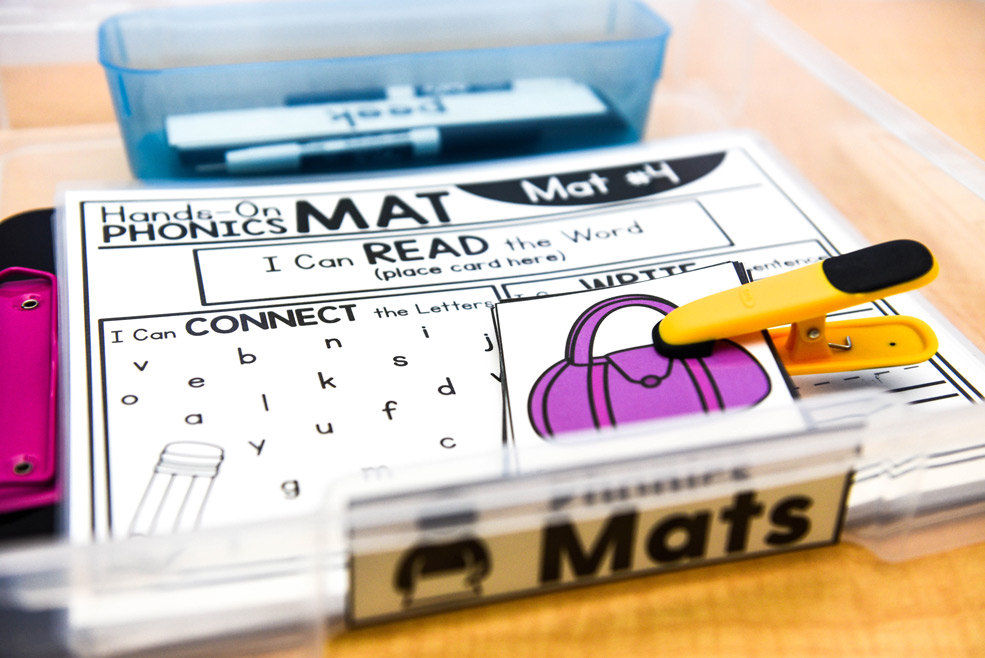
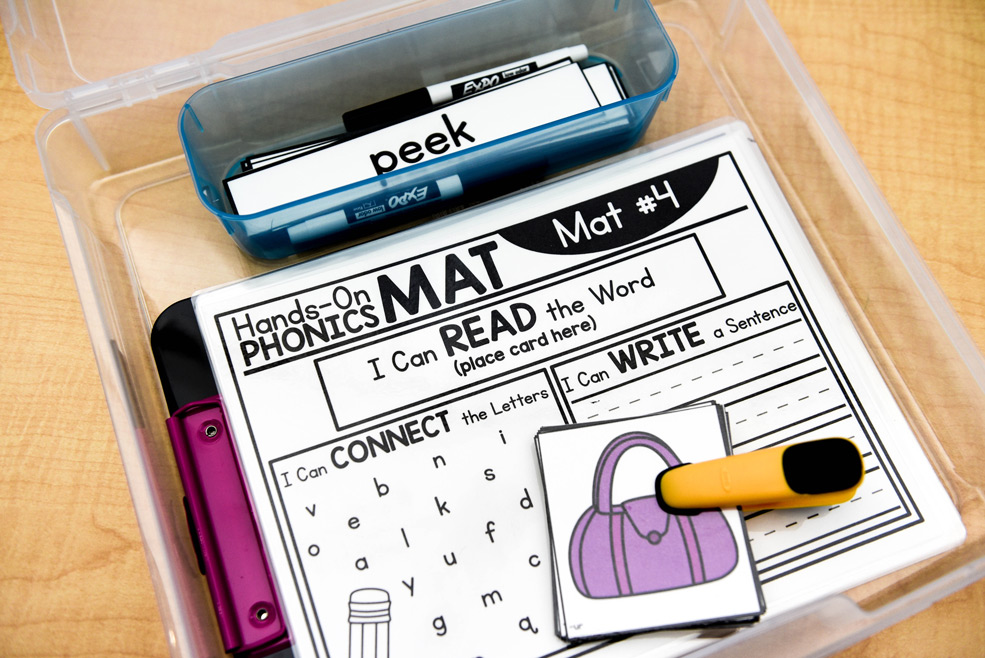
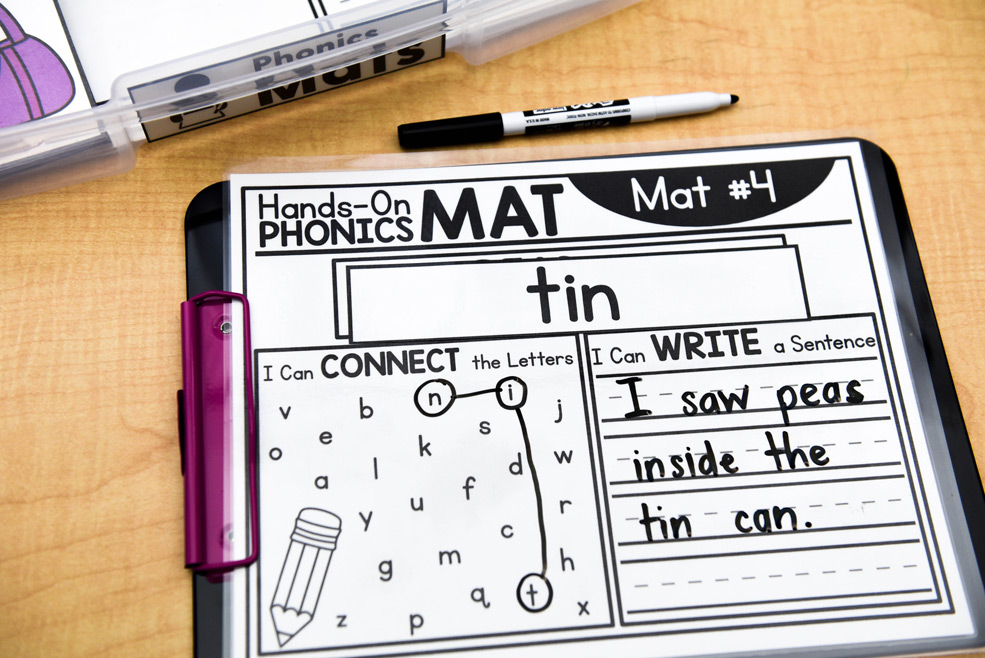
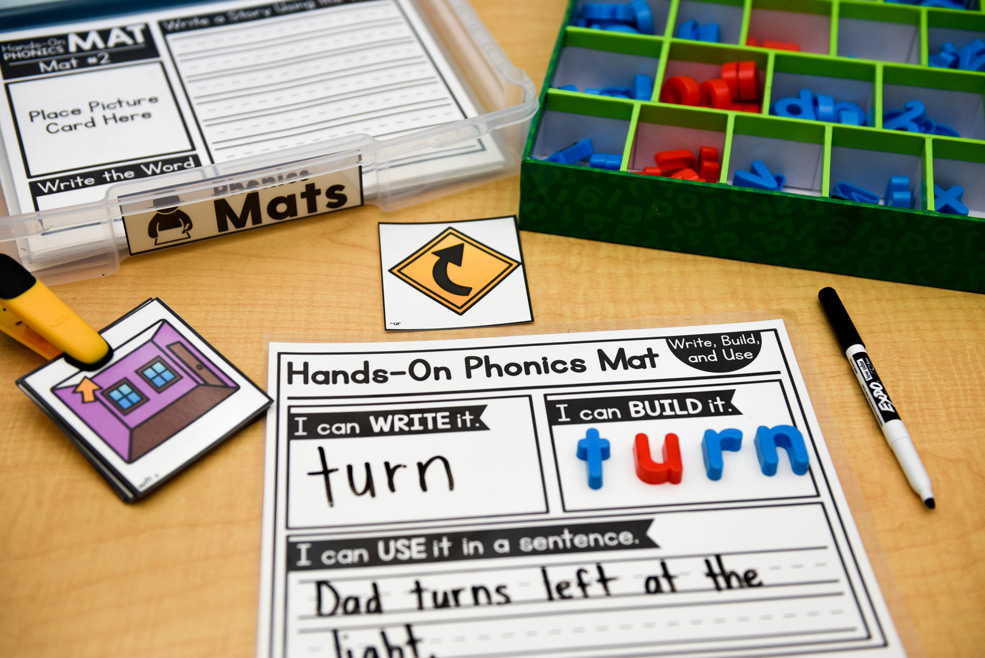
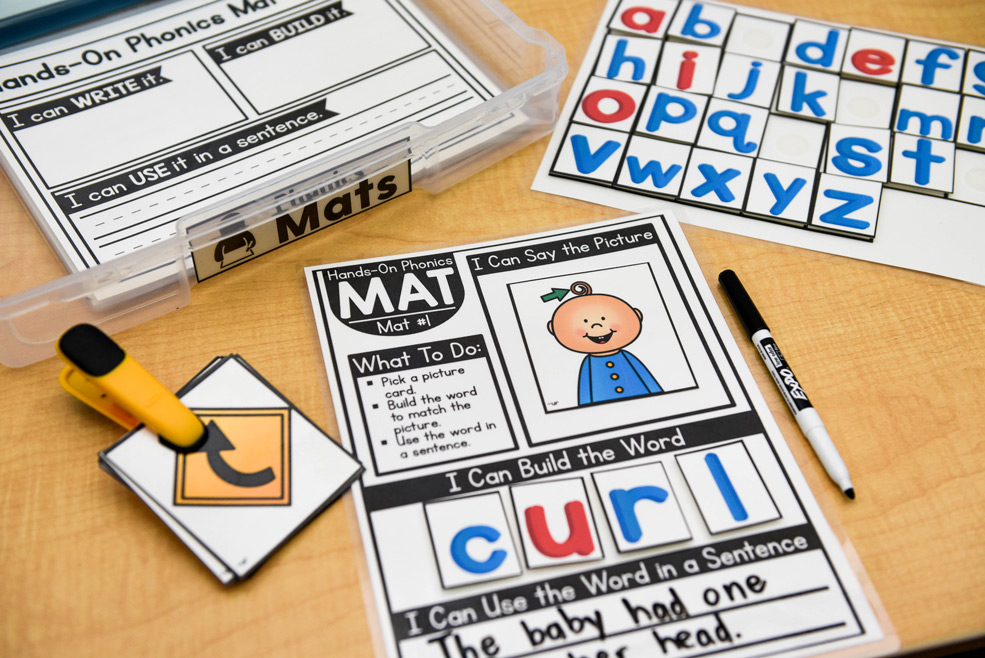
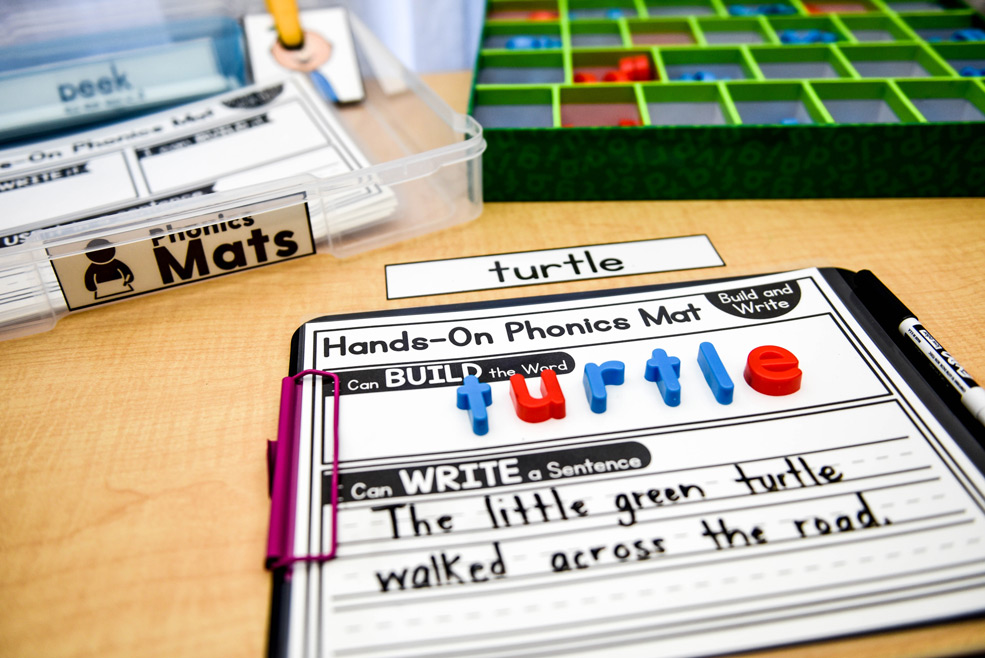
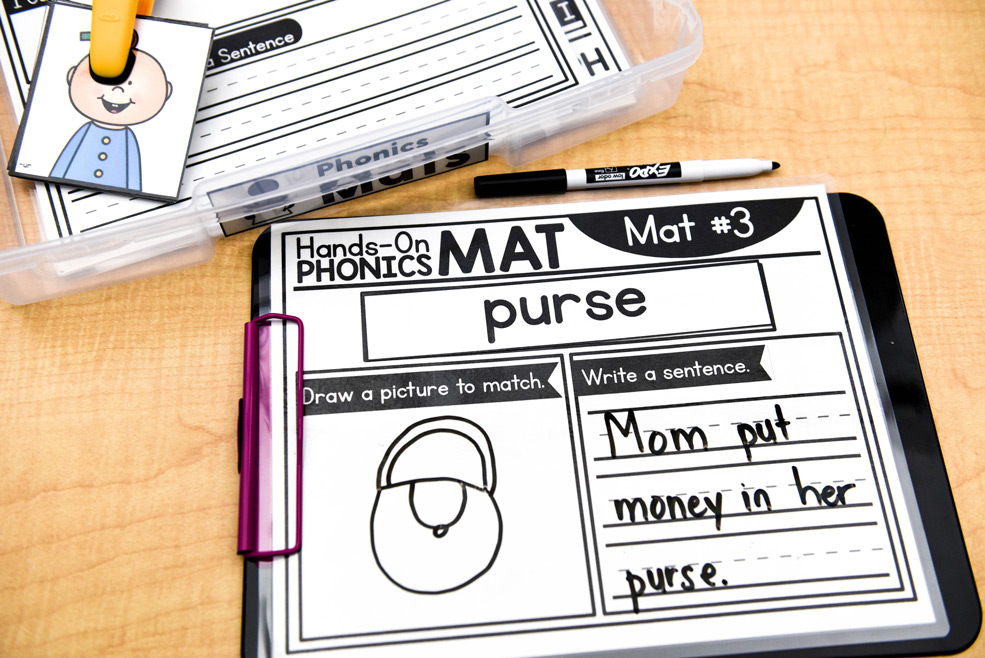
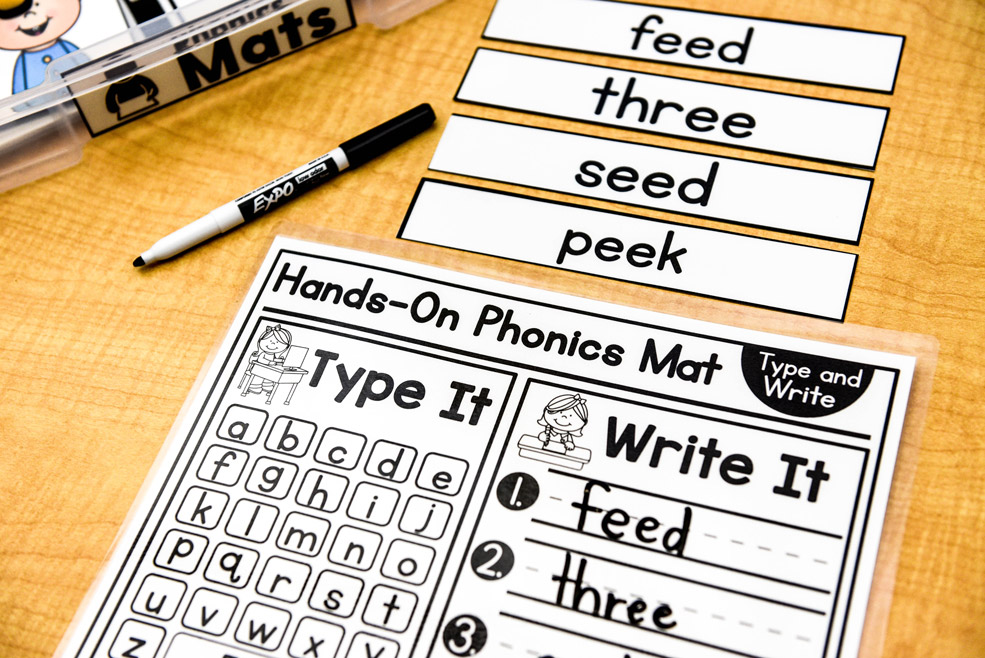
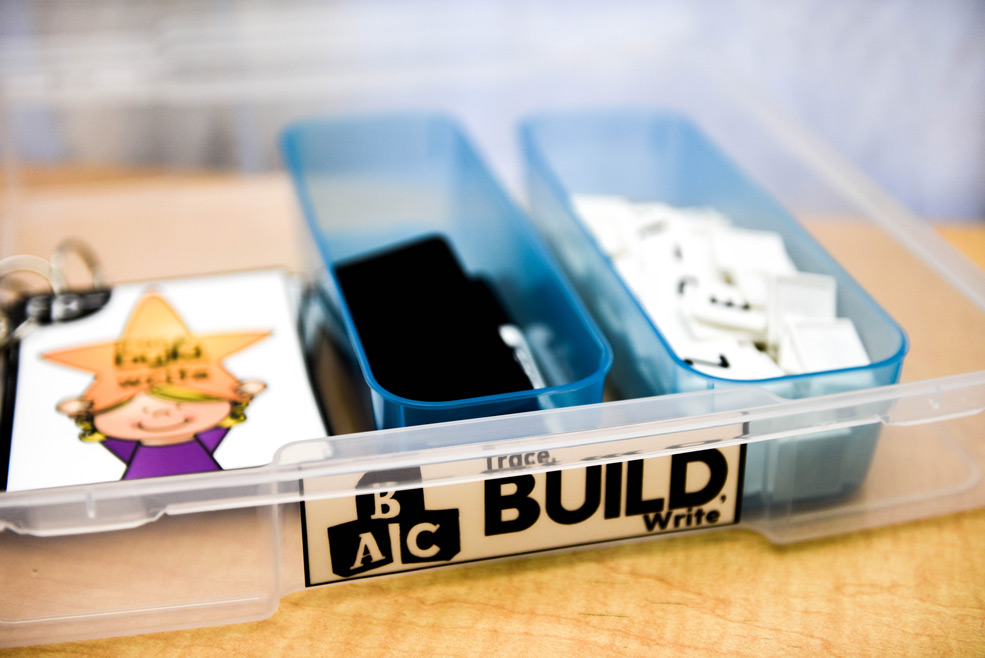
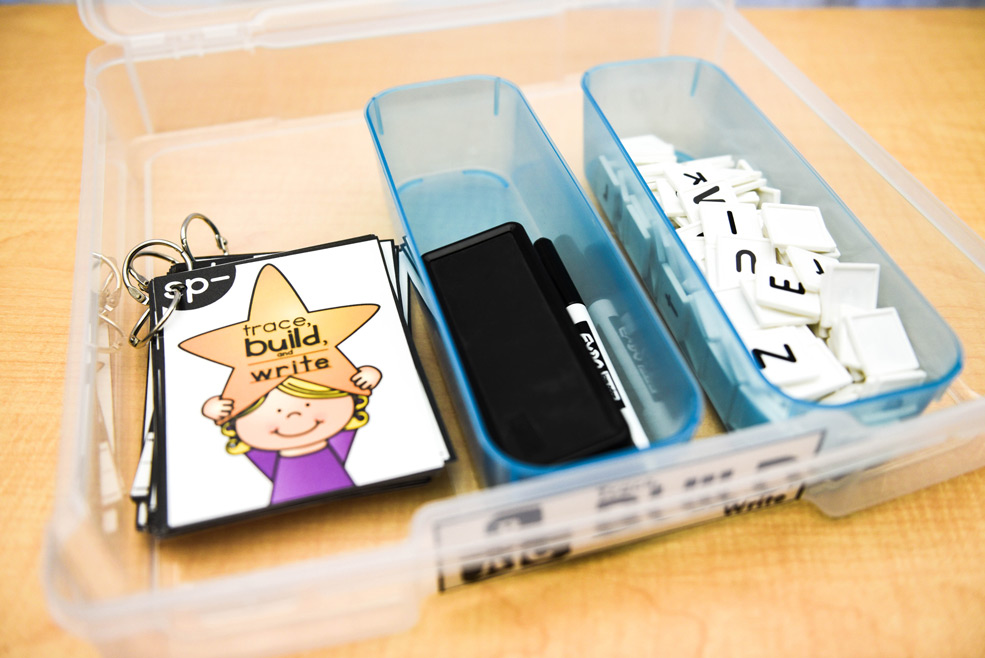
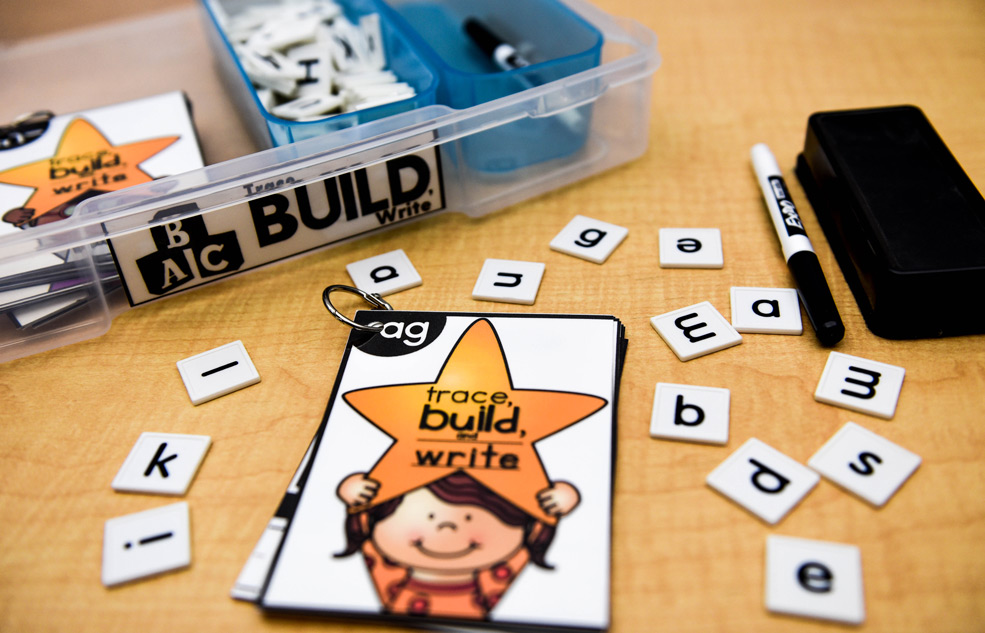
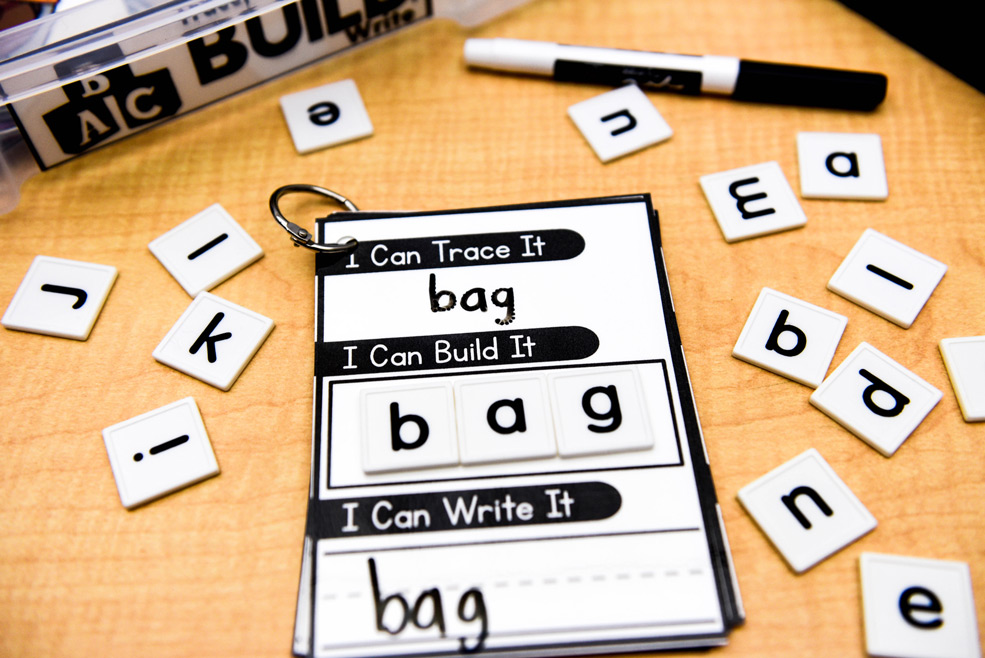

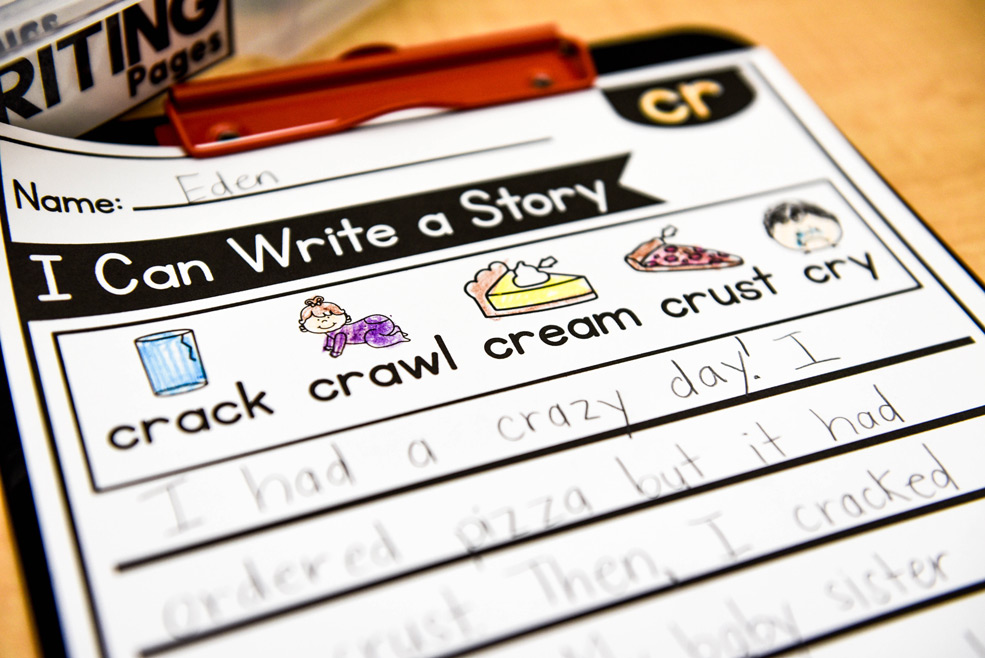
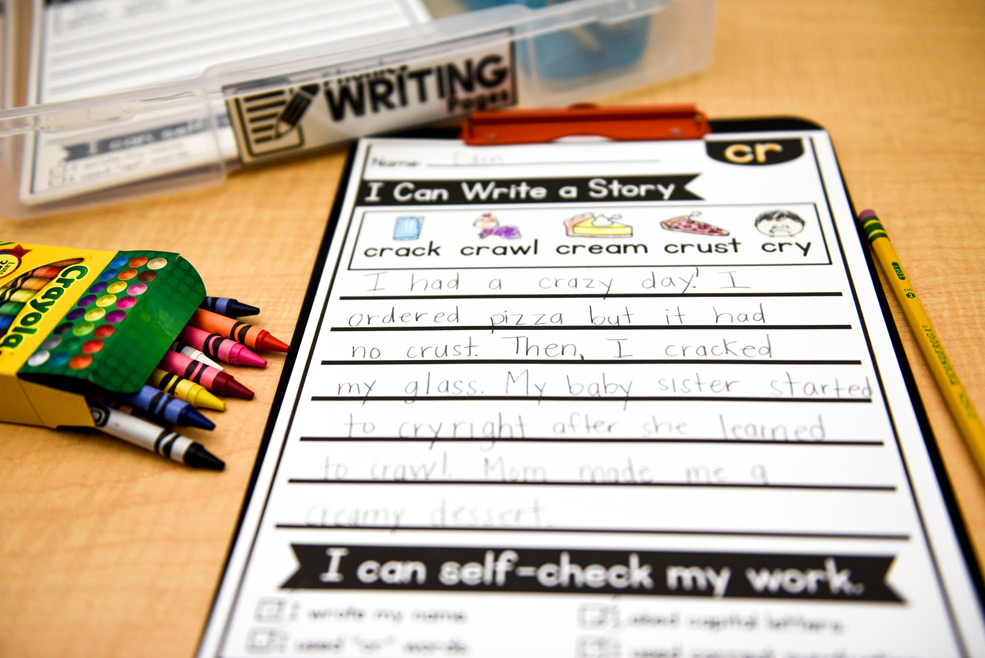

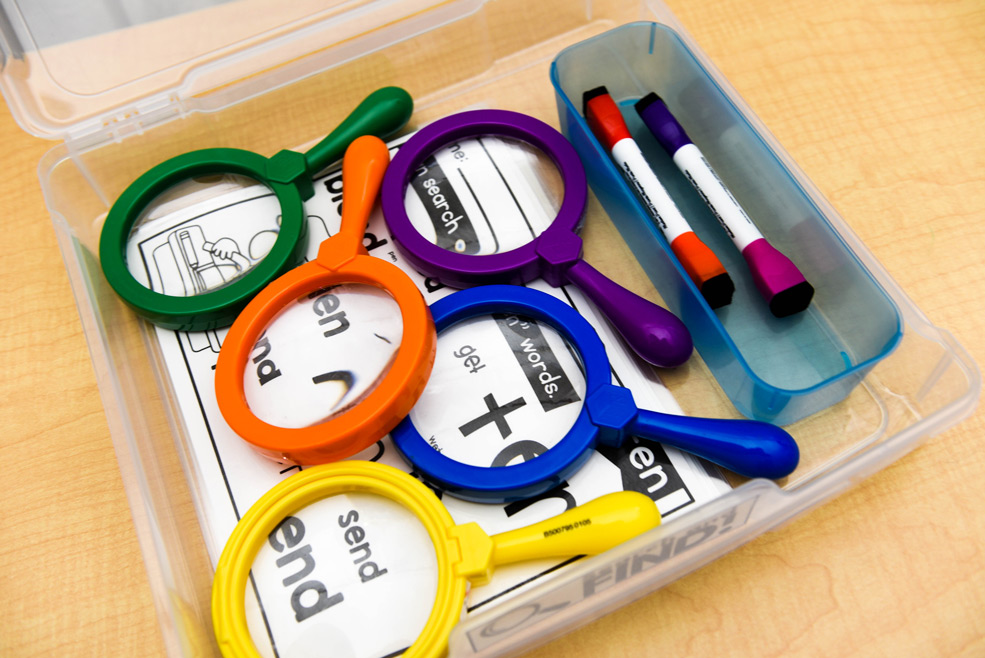
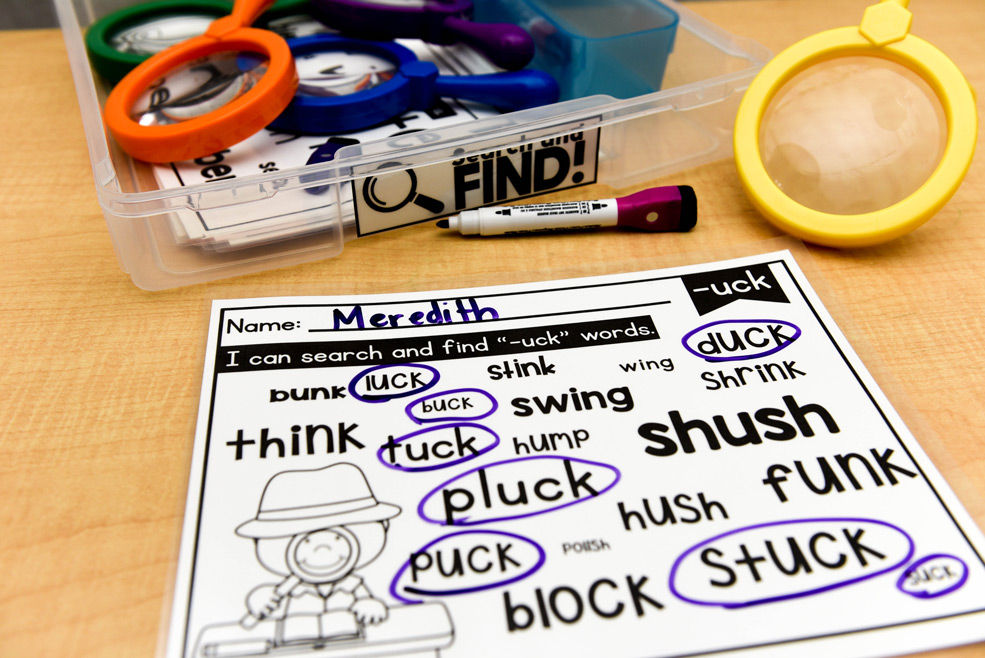

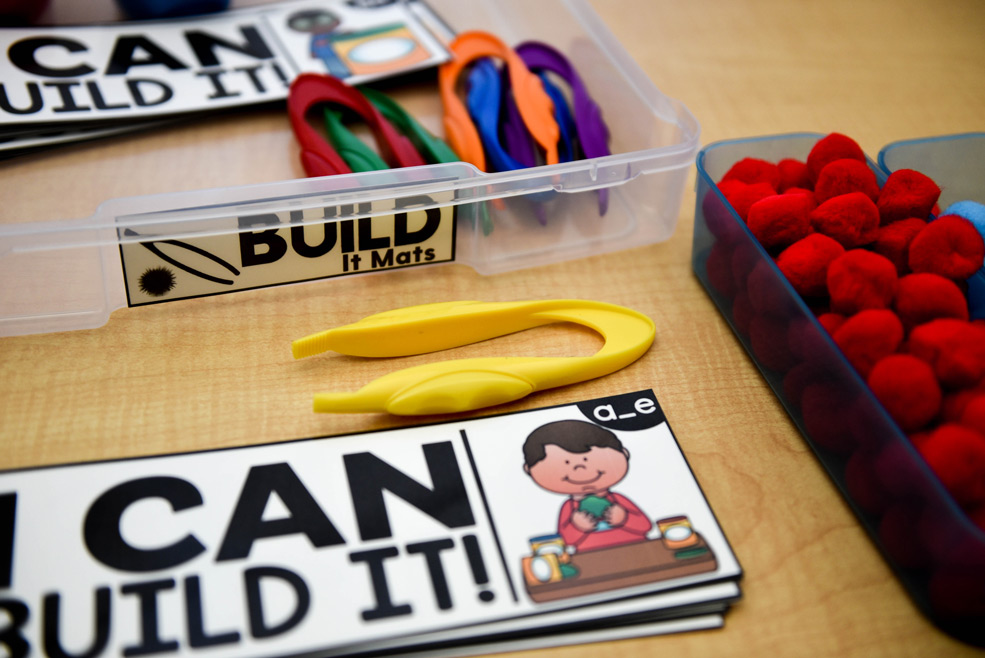
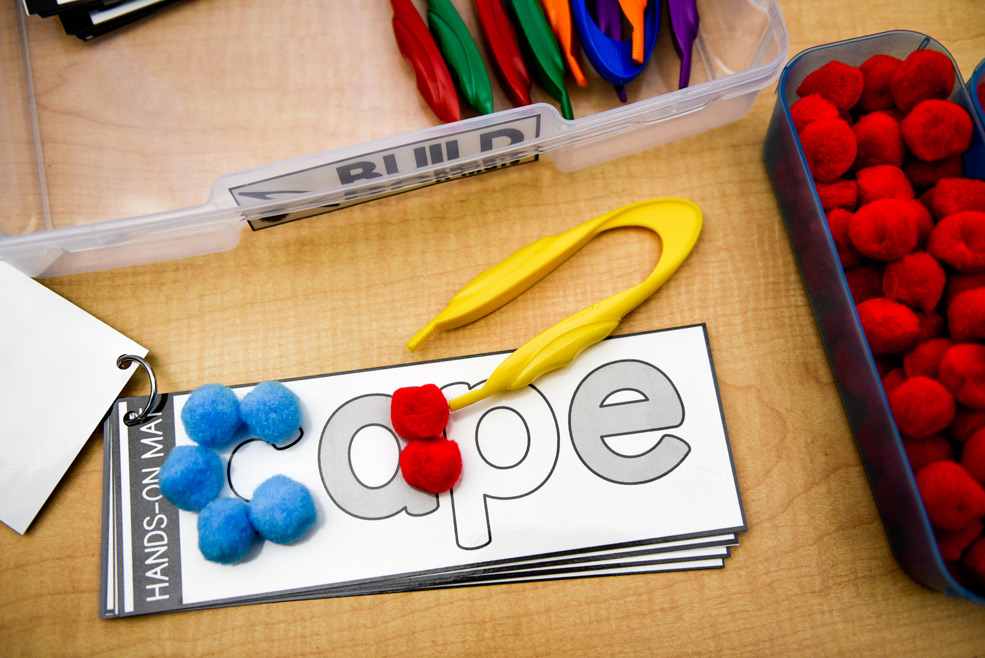
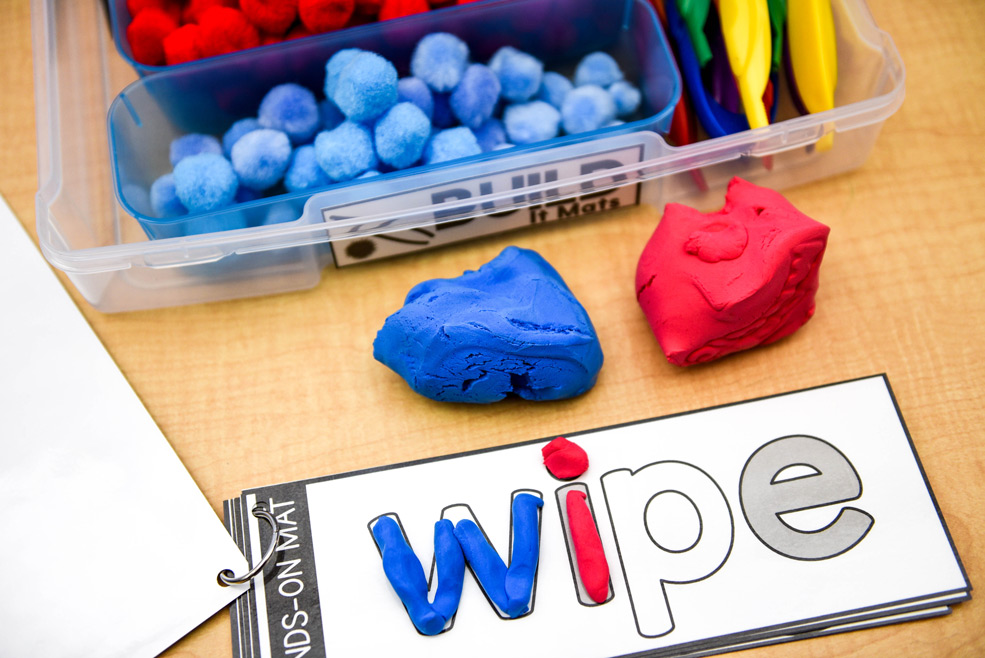
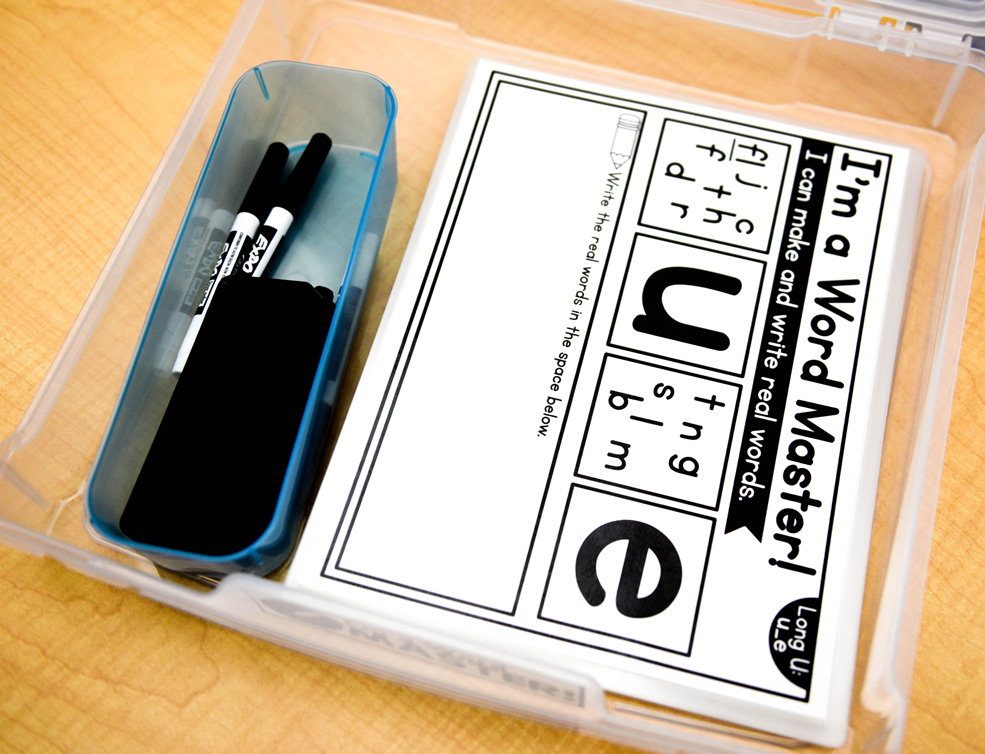
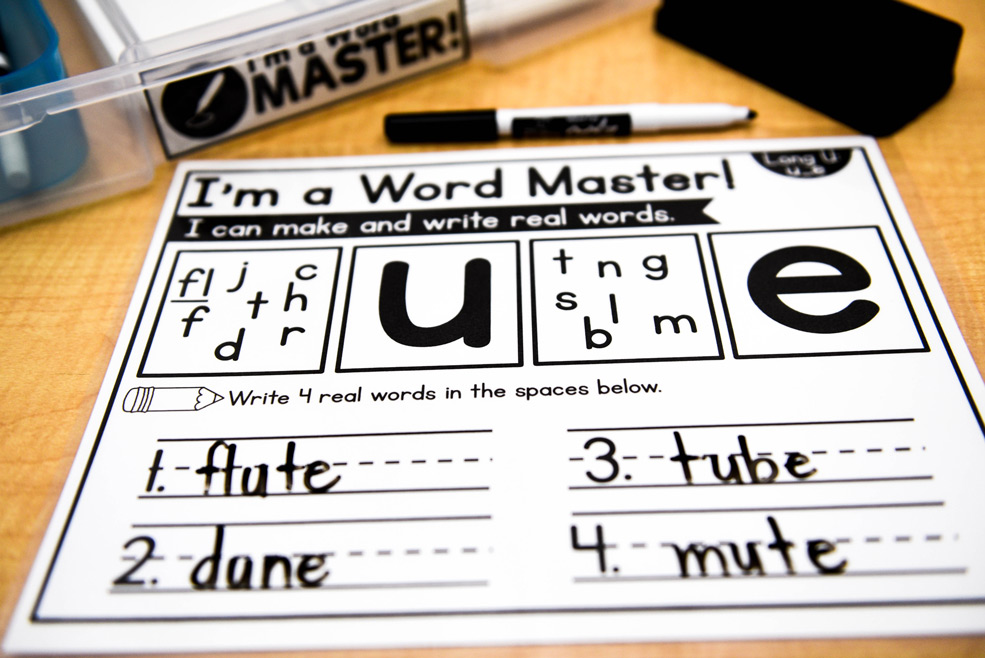
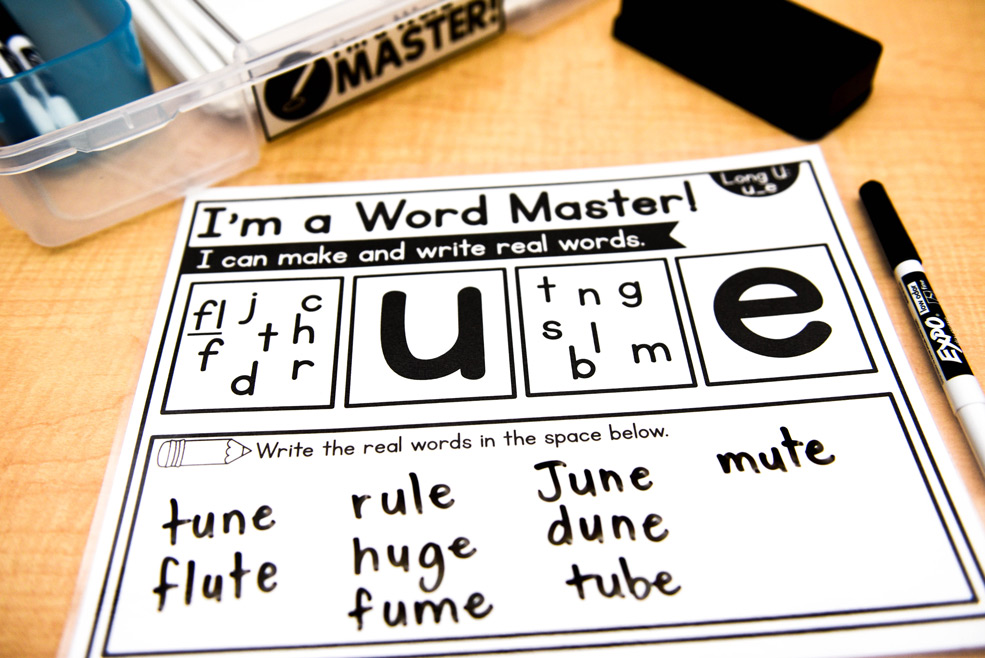
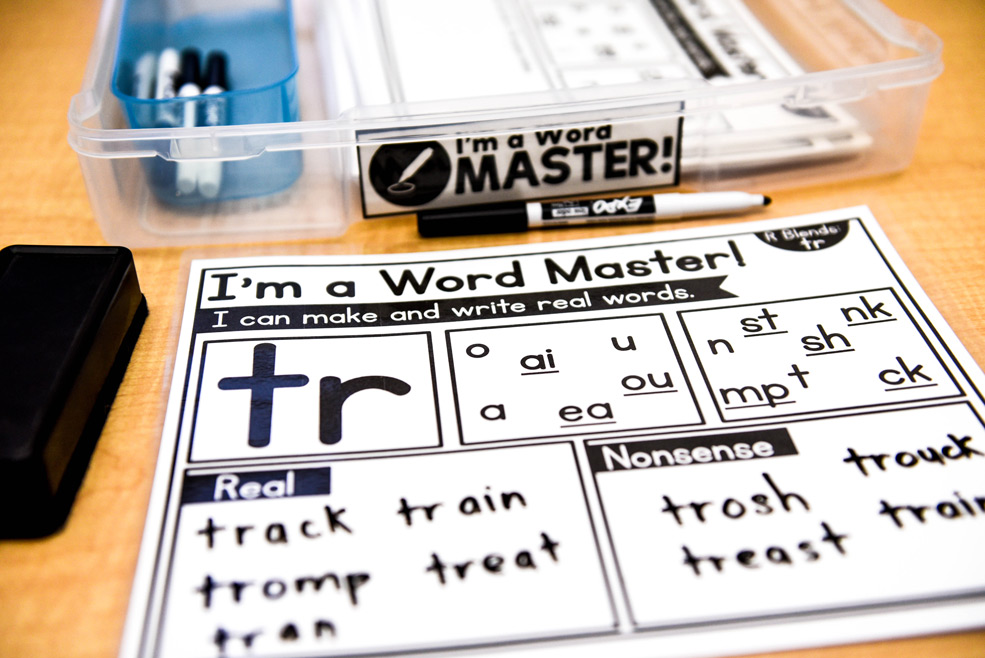
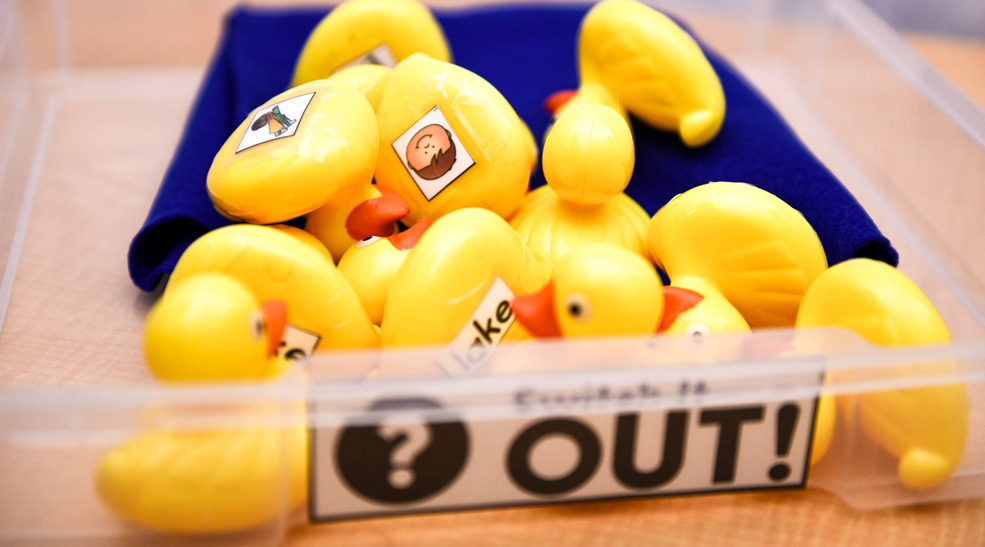

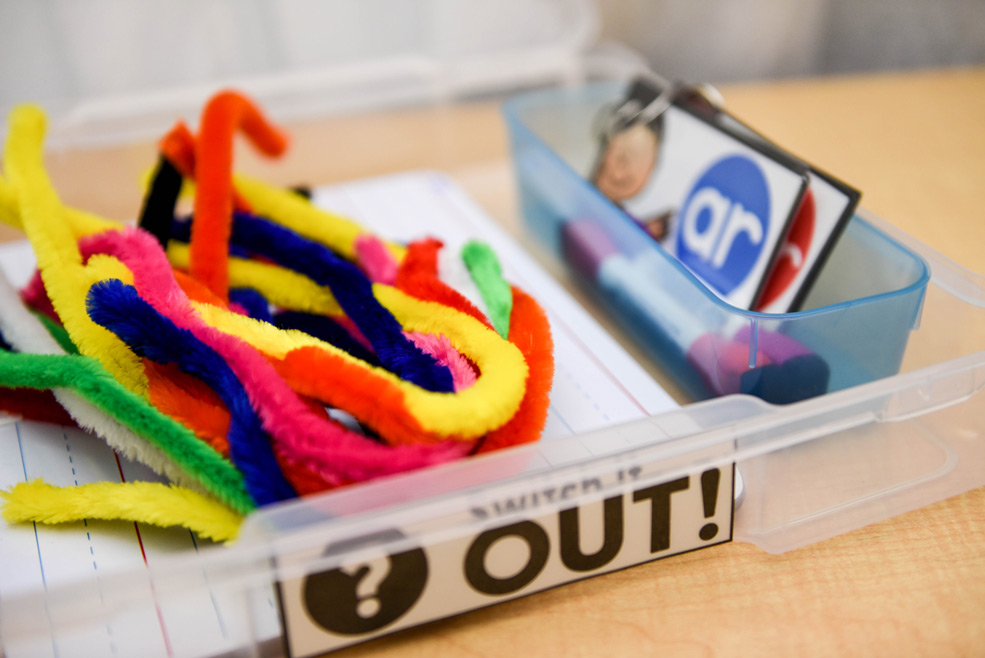
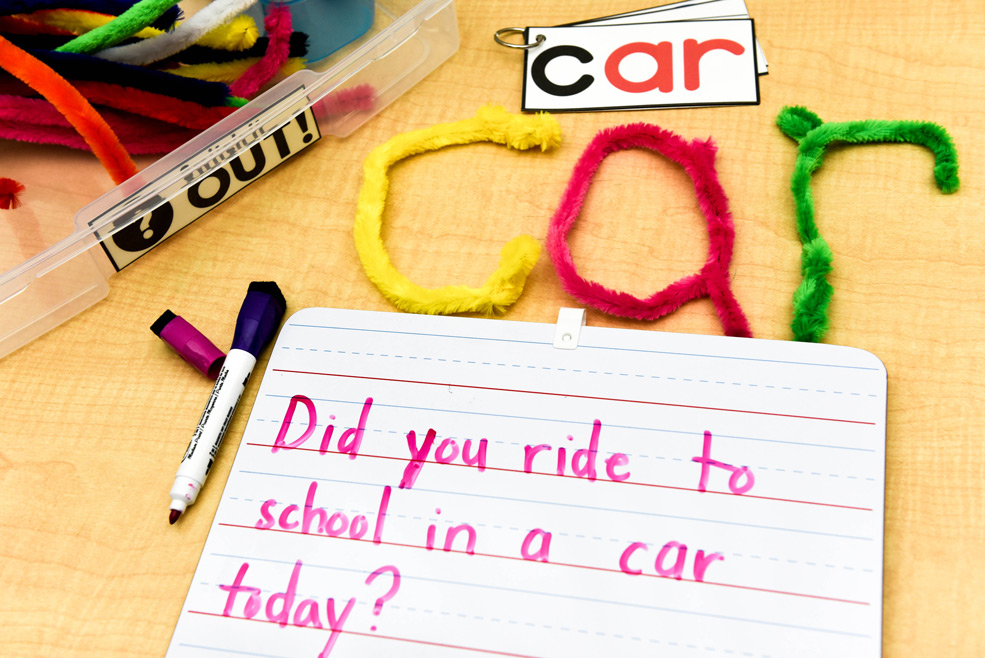
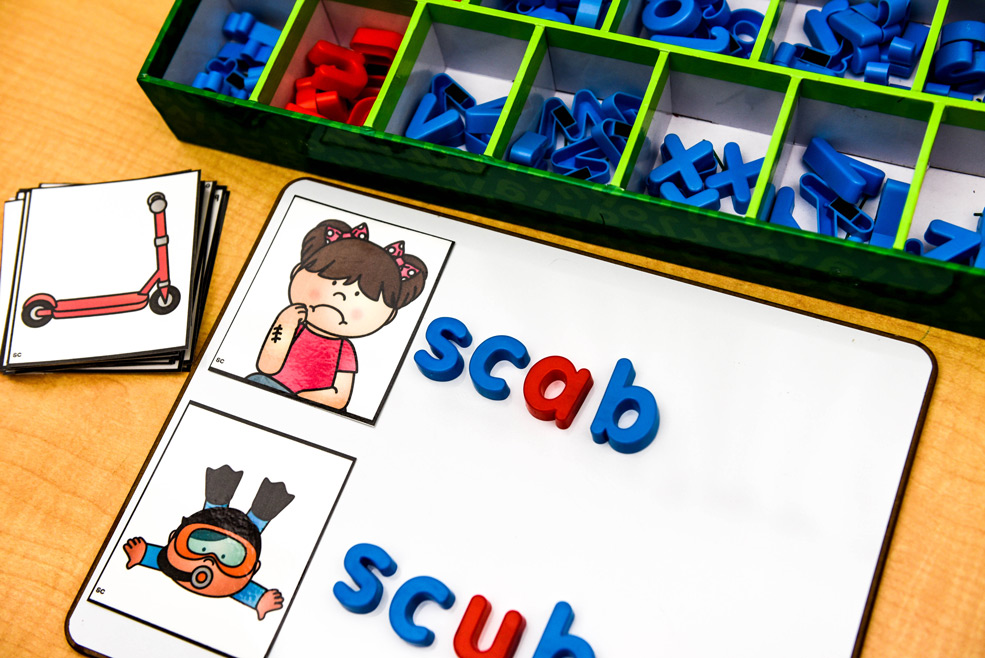
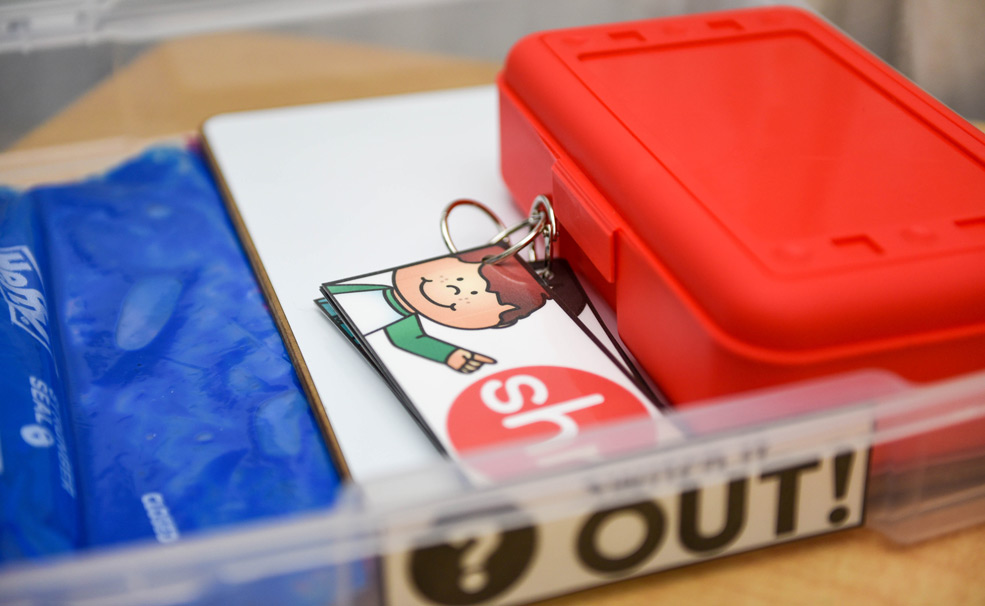
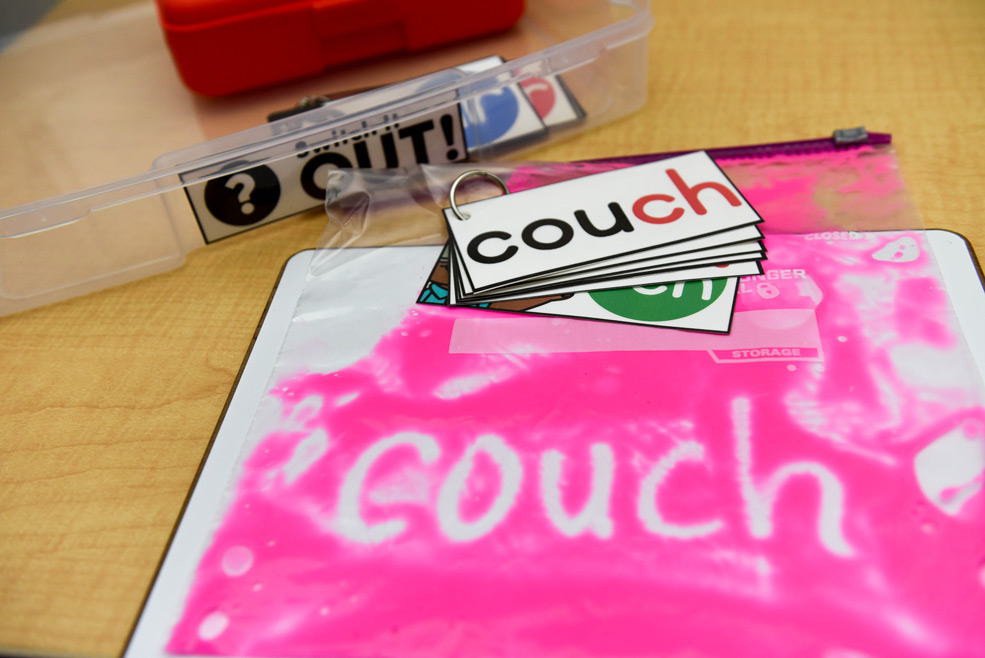



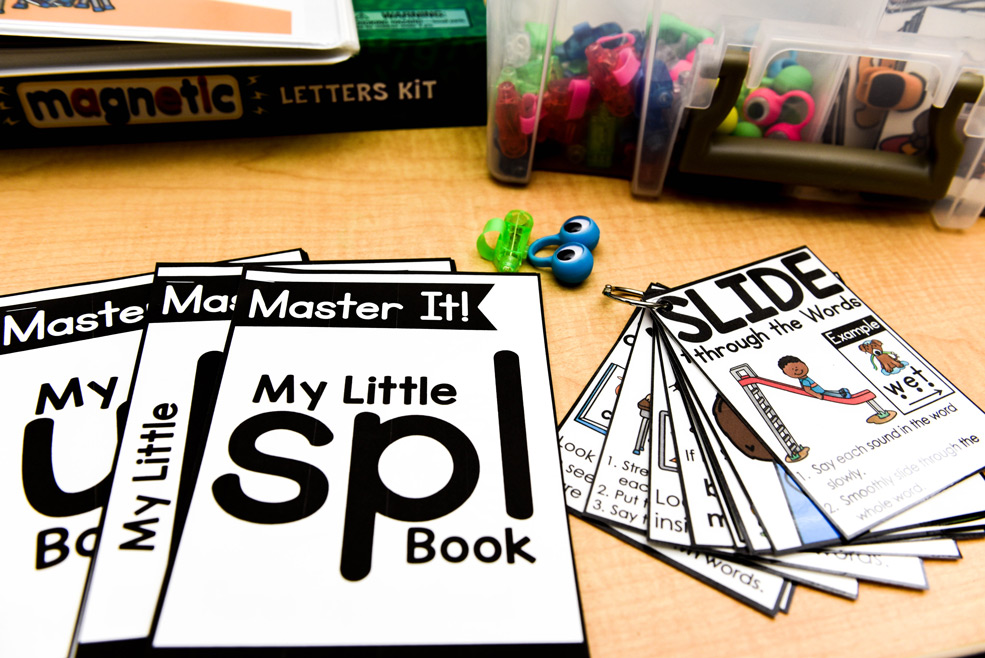
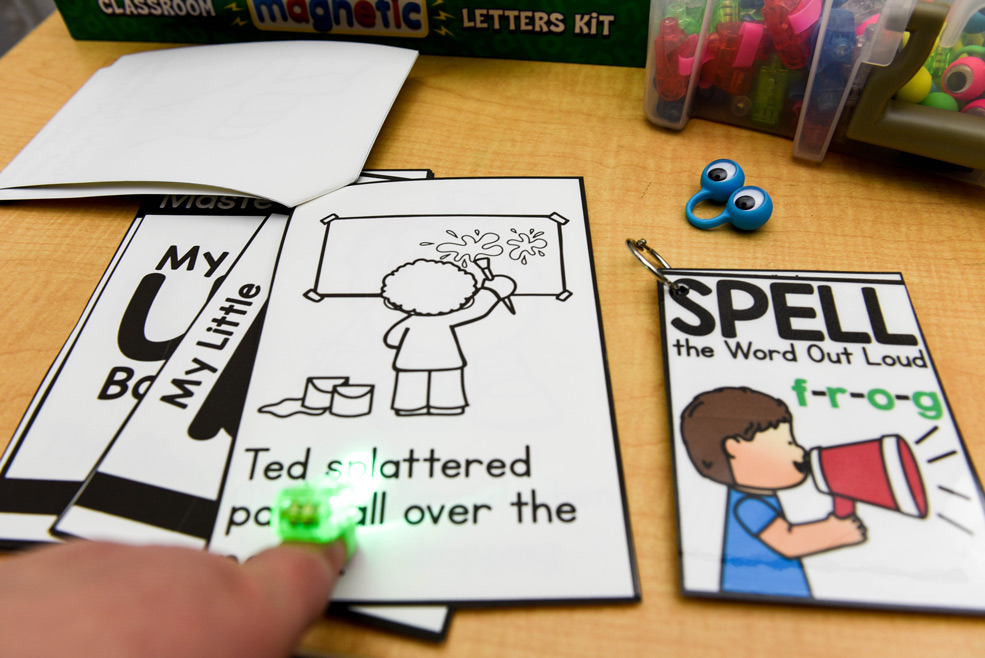
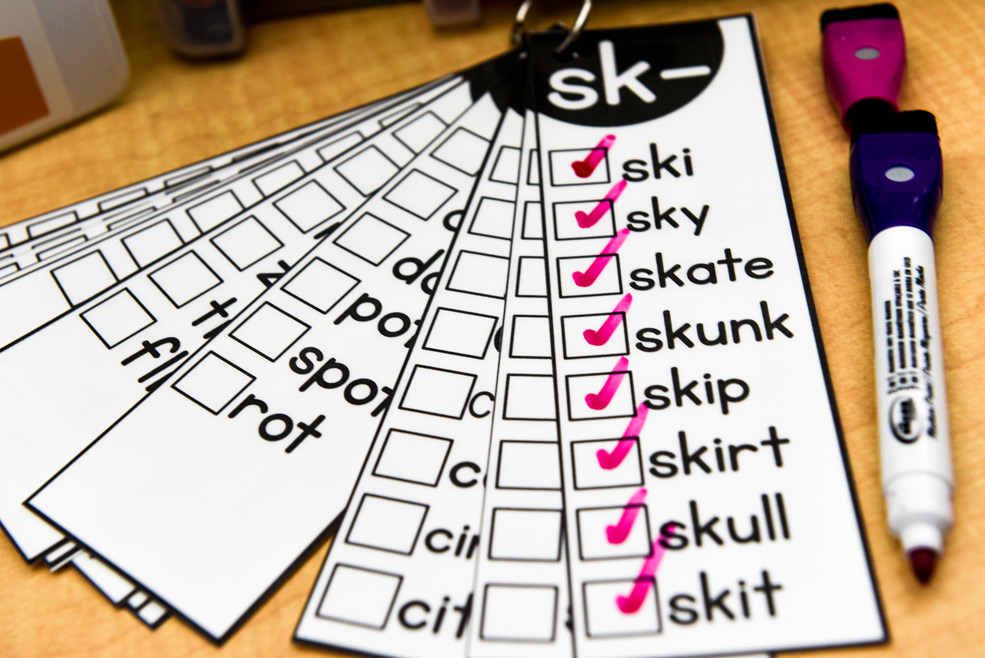

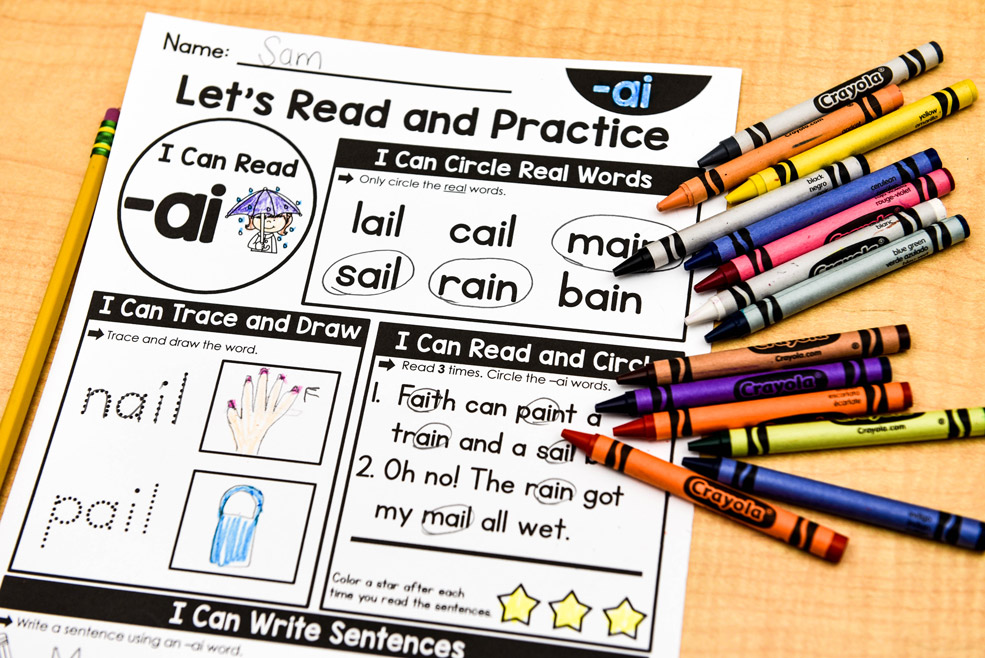
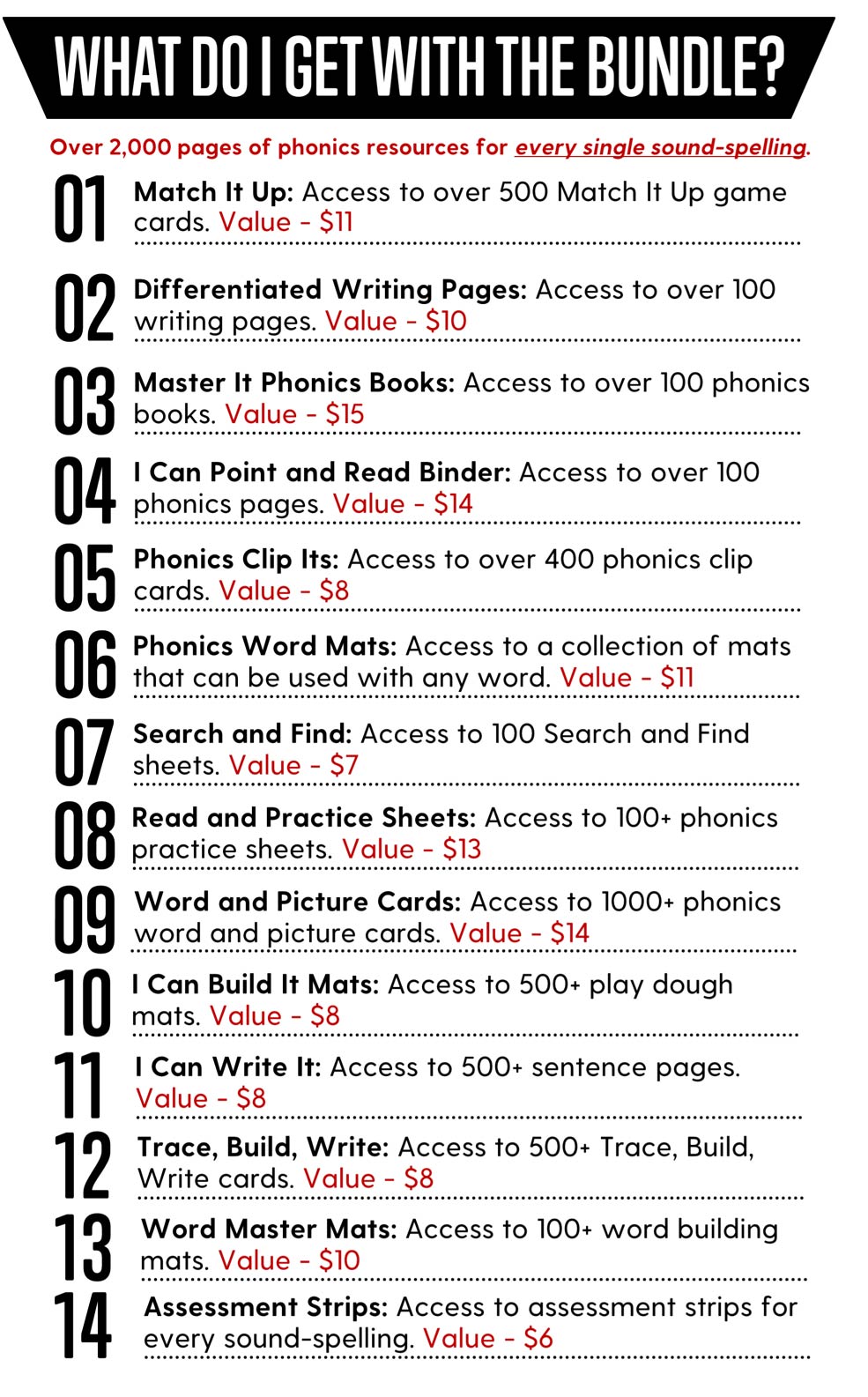

Mary
February 6, 2017This information and ideas are perfect for Morning Buckets and struggling students- thank you
Aysha
February 7, 2017Can’t wat to use!! Thank you!!!
Elaine austin
February 7, 2017Would love this. Looks so helpful.
Adena Reeves
February 7, 2017What a fantastic resource!!
Jill
February 7, 2017This looks amazing!
Emly
February 8, 2017Lol, I left out the i in my name – Emily
Jill
February 8, 2017This looks great!
Courtney
February 8, 2017Looks great!
Angela
February 9, 2017Thanks!
Katheryn
February 11, 2017Yes please!
Daniela
February 11, 2017Thanks!!!
Karen
February 13, 2017Wow! Impressive. Love all the different ideas.
Catherine
February 14, 2017What an incredible resource and a really informative post, with lots of great ideas for spelling instruction! I have just purchased and am really looking forward to using (but not looking forward to copying, cutting, laminating… ?)
Nancy
February 15, 2017Wow!! This is really nice!!
Jeri
February 15, 2017Thank you for putting this together. Great resource.
Barbara
February 18, 2017I look forward to trying this with my Kindergarteners.
Donna
February 18, 2017Awesome can’t wait to try some of these.
Ashley
February 20, 2017Thank you so much! Look amazing!
Joy
February 22, 2017So excited about this!! I have a few students that are still struggling in the area of reading.
Laura
February 26, 2017Very informative
Giovanna
February 26, 2017I can’t wait to try these. Thank you.
Tania Swierzewski
February 27, 2017Can’t wait to try these out!!! Thank you!
Mary
March 1, 2017I am so intrigued! I love when I can “try before I buy” and look forward to checking out the freebies first! Thank you!
Shannon Yoder
March 5, 2017This looks so great! I’ve been looking for something new and exciting! Thanks!
Ca
March 12, 2017I love all of your ideas!
Eileen
March 12, 2017Looks amazing!
Susan
March 13, 2017Thank you very much! I’ve been looking for something like this!
Kay
March 13, 2017Thank you for providing an amazing resource like this for free!
Sharen
March 13, 2017This is amazing. Thank you!
Jennifer Knight
March 17, 2017I would love this as a resource!
Kate
March 18, 2017this looks so awesome! can’t wait to see what it’s all about so I can end up buying!
Maria
March 18, 2017Looking forward to these resources!
Andrea
March 28, 2017Really excited to try out this resource.
Nancy
April 2, 2017This is fantastic! Looking forward to reading more from you!
Tabatha
April 5, 2017Thanks
Jess
April 14, 2017Perfect for
My reading group
Tara
April 17, 2017Thank you kindly! I am a beginning teacher and appreciate any help I can get so I don’t have to re-invent the wheel.
katie turner
June 13, 2017I really like this!
katie turner
June 13, 2017I really like this!
katie turner
June 13, 2017I really like this! I can’t wait to use this!
katie turner
June 13, 2017Looking forward to using this!
Arianne Baumbac
August 1, 2017This is so detailed and amazing. I am moving from third to first, with no real idea of what I am doing. You blog is incredible. I will be following you and buying many of your products!
Mary Lou Cheney
November 12, 2017Wow! You have put so much time into this! It looks great! I can’t wait to buy it! The information you have provided is clear and easy. My kids are going to love this! Thank you!
Judith Bohannon
February 20, 2018Thanks! Can’t wait to use this!
Carrie
March 5, 2018Wow!!!!! Thank you!!
Carrie
March 5, 2018Wow! Thank you!!
Kate
March 5, 2018Can’t wait to try so many of these!! Thanks!
Laci Schuerg
March 5, 2018My students definitely need phonics help! Thank you!
Andrea
March 5, 2018This looks great can’t wait to try it!
Ida
March 5, 2018Can’t wait
LeeBee??
March 5, 2018Thank you for your generosity in sharing your resources!!
Lisa
March 5, 2018Thank you.
Dana Lawrence
March 5, 2018Thank you for the free resource!
Felice
March 5, 2018Amazing resource
Tiffany
March 5, 2018These look amazing!!! Thank you!!!
Randi
March 5, 2018This is awesome!! Thank you!!
Sarah
March 5, 2018This is amazing! Can’t wait to use this with my students. – Thank you!
Becki
March 5, 2018This would be amazing for our kiddos
Lisa
March 5, 2018Thanks!
Andrea
March 6, 2018Really need this…
Kimberly
March 6, 2018Thank you for the freebie
Jennifer
March 6, 2018Your materials are wonderful!
Dea Dea
March 6, 2018Can’t wait to use it!
Debbie
March 6, 2018Thanks
Tahani
March 7, 2018Thank you so much.
Tahani
March 7, 2018Thank you so much. I Love your products.
Kelly
March 8, 2018This a great resource!
Cheryl
March 8, 2018This would be an amazing resource to use in the classroom. Look forward to receiving it. Thank you!
Michelle Merrill
March 9, 2018Thank you! Awesome materials, can’t wait to use them!
Jorgina
March 9, 2018Impressive
Jorgina
March 9, 2018Impressive learning tools. I appreciate the freebies and love variety, especially when it come in ways to teach our little ones.
Jorgina
March 9, 2018Impressive learning tools. Thank you for the freebies. I love variety, especially when it comes to teaching our little ones.
Brittany
March 10, 2018Love it all! Can’t wait to use it in the classroom
Darlene
March 10, 2018Wow! This looks awesome
Tori
March 11, 2018So awesome!
Evon Saavedra
March 11, 2018I am a beginner new comers English teach, and this would be awesome for my students.
Iris Meza
March 12, 2018Great resources
Samantha
March 12, 2018Exactly what I need to update my word work
Kristy
March 12, 2018Looks great
Sharon
March 12, 2018Looks good
Donna
March 15, 2018These look great for small group and my daily five.
Kat
March 15, 2018Thank you
Kat
March 15, 2018Thank you very much
Susan Vallot
March 15, 2018Looks like an awesome addition to my guided and independent reading lessons.
Cassie
March 15, 2018Excited to try these! Thanks for sharing!
Michelle
March 15, 2018Thank you
Nardene Braddon
March 15, 2018Thank you – these are wonderful ideas!
Sarah
March 15, 2018Thank you for sharing your ideas!
Dina
March 15, 2018Looks great!
Katie
March 16, 2018Thank you!!!
Pam
March 16, 2018Great ideas.
Pam
March 16, 2018Great ideas looking forward to putting some of these in place.
Amy McTeggart
March 16, 2018I love your ideas!
Julie
March 18, 2018Love this
leaf
March 19, 2018This looks amazing!
Lori Rowan
March 20, 2018Thank you for this wonderful resource!!
AH
March 20, 2018Amazing Resources!!!
Jennifer Correa
March 20, 2018Can’t wait to use this
Iris Meza
March 20, 2018Great resource
Miachelle
March 20, 2018Excited to try this in the classroom.
Nichole
March 20, 2018Thanks for the freebie! It will definitely come in handy!
Nichole
March 20, 2018Thanks for the freebie
Lauren
March 20, 2018Thank you!
Liz
March 21, 2018I’m so excited! Thank you! I can use it for centers, fast finishers, morning tubs the list are endless.
kim
March 21, 2018thank you
Becky Harmon
March 21, 2018Thanks!!!
Amber
March 21, 2018This is a fret help. All of the information/ideas in this article are easy to implement into the classroom .
Kristina Merrick
March 21, 2018Thank you!!!
Melissa
March 21, 2018Awesome, thanks!
Sarah
March 21, 2018Thank you so much! I agree that phonics is so important in the primary grades for students to be successful readers. Everything you made is great!
Erica
March 21, 2018Great for kids with special needs! I can present small amounts of work at a time!
Deidra
March 21, 2018This is my first year back to teaching after being home with my kids for several years. It’s amazing how long it takes to create all of these things on your own. Thank you!
Dana
March 21, 2018Love these ideas
Katie
March 21, 2018Sounds amazing!!! Can’t wait to use it!
Michele
March 22, 2018These are great. I love that you included pictures! Organizing centers is hard but important!
Liz
March 22, 2018Thank you
Krista swenson
March 22, 2018Love this!
Heather
March 22, 2018I’m working with so many students that are missing foundational phonics skills.
Gina Davis
March 22, 2018Nice ideas!
Andrea
March 22, 2018Thank you!
Maggie
March 22, 2018Im so excited to try this.
Denise
March 22, 2018This is amazing
Julie
March 22, 2018Wow! Looks great! Cant wait to use it!
Julie
March 22, 2018Cant wait to use it!!!
Kelsey
March 22, 2018Nice
Abbey
March 22, 2018This is perfect for my 2nd grade students!
Amy heslip
March 22, 2018Thank you
Tara
March 22, 2018Would love this!
Tara
March 22, 2018Would love this! Looks like fun!
Jennifer
March 22, 2018I would love the freebie. So excited to use it with my class.
Susan
March 23, 2018Great centers
Rhonda
March 23, 2018This is awesome!
Elaine Austin
March 23, 2018I can’t wait to look at this.
Pam
March 23, 2018Fantastic resource
Pam
March 23, 2018What a great resource m, can’t wait to use it.
Amanda Sicignano
March 23, 2018Great ideas, nicely presented information
Ida
March 23, 2018Can’t wait!! Thank you!!
Terry Tansem
March 23, 2018Thank you!
Angel
March 23, 2018I will be graduating in May with my Early Childhood Degree. This will be great to use in my classroom!
Amber
March 23, 2018This is great! Would love to have this!
Mandy
March 23, 2018Thank you!
Chelsea
March 23, 2018This looks awesome!!
Janee
March 23, 2018Love it
Cindi
March 24, 2018Looks great! Thank you
Ashlee
March 24, 2018Yay!
SARAH Rogers
March 24, 2018Thank you!! I’m excited to use this!
Carol
March 24, 2018Looks great. Thank you!
Jaclyn Carroll
March 24, 2018Can’t wait to use!! Thank you!!!
Cashanna
March 24, 2018Looks like a great resource.
Karla Rodriguez
March 24, 2018Thank you!!
Keda
March 24, 2018Great resource!
Meghan Riggio
March 24, 2018I love all your ideas!
abbie butler
March 24, 2018I am hoping to get this to use for online teaching 🙂
Krystal
March 24, 2018Looks amazing! Can’t wait to check it out!
saikrishna
June 5, 2021Thank you very much for free bundle on phonics
Rita Hausher
March 24, 2018These look great! Can’t wait to use them during guided reading!
Kate
March 24, 2018I read your blog post and these phonic lessons looks amazing! I would LOVE this resource!!!
Katina
March 24, 2018Can’t wait to put this to use
Jaime
March 24, 2018Can’t wait to use!
Jaime
March 24, 2018Thank you for the freebie!!
Amanda Minshew
March 24, 2018I like these and would love to implement them in my morning rotations as the kids come in from breakfast!
Dana
March 24, 2018I can’t wait to check out some of these freebies to see if it will work within my room!
Ericka
March 25, 2018Love it ?
Jennifer Smallwood
March 25, 2018Awesome
Ideas.
Melissa
March 25, 2018This looks amazing!
Stefanie
March 25, 2018These are amazing! Can’t wait to try them out!
Kathy
March 25, 2018Such great resources. Thank you for sharing
Jennifer
March 25, 2018I love your ideas for teaching phonics! I have taught kindergarten for 12 years and I’m also looking for new ways to keep the kids engaged and excited about learning and also myself organized! I can’t wait to use the monster puppet with my class and I think I will got to Michaels to get the boxes for center time!! Thank you so much!! Also I would love the phonics poems too that would be wonderful, let me know if you make those available to purchase!
Melissa
March 25, 2018Thank you!
Melissa
March 25, 2018Thanks!
LeAnne
March 25, 2018I can’t wait to use!!
Adrienne
March 25, 2018Thank you for sharing this great resource.
Chianti Thedford
March 25, 2018Love it!
Chianti Thedford
March 25, 2018This is great! I love having things like this on hand for my little ones!
Andrea
March 26, 2018Love your freebies!!!
Andrea
March 26, 2018Love
Heidi
March 26, 2018Thanks!
Erika Arguello
March 26, 2018I can’t wait to have the opportunity to try these!
Nicole S
March 26, 2018Wonderful! Thanks so much!
Richell
March 26, 2018Really excited to use this resource.
Lezia
March 26, 2018Just what I was looking for.
Kristin
March 26, 2018Yay!!!!
Samantha
March 26, 2018Can’t wait to utilize these activities in my small groups
Samantha
March 26, 2018Thank you for this awesome resource
Theresa
March 26, 2018Thank you for sharing
Shavin
March 26, 2018I can’t wait to try this!
Panchita cantu
March 26, 2018Great way to differentiate support for students!
Erica Perez
March 27, 2018I can’t wait to use these!
Erica Perez
March 27, 2018Awesome! Ty
D
March 27, 2018Thanks!
Elizabeth Gumm
March 27, 2018Thanks so much! This is a great resource!
Laura Kares
March 27, 2018Looking forward to using!!
Courtney
March 29, 2018Can’t wait to try this!
Nessa
April 4, 2018Looks brilliant!
Kim
April 5, 2018Looks amazing
Kristen Adams
April 5, 2018Can’t wait to add this to my centers
Mary
April 5, 2018Thank you!
Mary
April 5, 2018Looks awesome!
Thanks!!
Carmen Perez
April 5, 2018Thank you so much! You are simply amazing!
Keila Miller
April 7, 2018I would like these materials for my K class! They will be so fun and helpful.
Laurie Mayo
April 7, 2018These are amazing! I can’t wait to try them in my classroom!
Brittany
April 8, 2018So many great ideas!! I feel inspired to rework my phonics instruction!!
Chelsea C Yeager
April 8, 2018Thanks
Brittany
April 8, 2018Love the phonics bundle!
Dawn
April 8, 2018Thank you so much. I can’t wait to get started.
Amanda
April 8, 2018Great resource!
Jennifer
April 10, 2018I love your ideas. We are a phonics based school and your materials will be very useful.
Rebecca
April 10, 2018I’m teaching kindergarten next year after teaching 4th for a few years. These will be great to have.
Desire Pietro
April 11, 2018All of these ideas are wonderful for a first year teacher. I am excited to try and implement these strategies a bit this year and really buckle down next year!
Annetta
April 11, 20181st grade teacher looking for great idea like this to help my students be more successful readers.
Jen
April 11, 2018I cannot wait to try it out!
Cindy
April 17, 2018Great stuff
Stella
April 18, 2018OMG! Even though it’s the end of the year I can’t wait to start using this!
chrissy
April 22, 2018Can’t wait to try it?
Stacy
April 23, 2018This is an awesome resource . Thanks for sharing !
Mandi
April 23, 2018Thank you for sharing!
Cheryl
May 1, 2018Look forward in using this freebie.
Lawana Gurley
June 21, 2018Wow!!! Very impressive.
Shelley Austin
July 3, 2018Thank you.
RoseAnn Stembridge
July 17, 2018Thank you!
Bailie
July 23, 2018Awesome. Thank you!
Lea Jimenez
July 24, 2018Can’t wait to try. Thank you
Tricia Hintz
July 26, 2018Loved reading this and especially loved all the great ideas. So many different things to use during small group and centers.
Beth
August 11, 2018Phonics freebie
Lindsey Voros
August 11, 2018These are amazing resources and my kids really need help with phonics. Thanks so much!
Lea
August 11, 2018Thanks!
Mirasol
August 11, 2018Love it thanks
Emily
August 11, 2018Great ideas!
Christina Lucas
August 11, 2018I am looking forward to using these in my classroom. 🙂
Barbara
August 11, 2018Great resource
robin
August 13, 2018Hope to learn more from you
Mandeep
August 13, 2018I would love this wonderful resource! Thank you so much!
I am a grade 1 teacher and this would be very useful for me.
Jenelle
August 20, 2018This looks like an awesome addition to my ever growing guided reading and choice time. Thank you!!!
Deanna
August 29, 2018Can’t wait to try!
Kandy
August 31, 2018I absolutely love this!
Thank you so much??
Susan Eyres
September 4, 2018Looking forward to trying this with my Special Ed class. Thanks!
Mandy
September 8, 2018Thank you for the resources the information is very helpful.
mimi
September 17, 2018I can’t wait to use this!!
Nicole
September 29, 2018My students and I need this.
Nicole
September 29, 2018Thank you! Can’t wait to use.
Chiquasta
September 30, 2018Wow!! You are truly a genius!! Love everything you have!!
Angel
October 13, 2018Thank you so much for providing thess valuable resources. I am so grateful!!!
Pamela
October 16, 2018Just what I’m looking for. I have several students who are struggling with letter names and sounds.
Nicole
October 18, 2018Looking forward to using these strategies in my remediation groups.
Kasi
October 31, 2018LOVE LOVE LOVE your resources and ideas!!
Renee
November 5, 2018Can’t want to use these with my small groups.
cerrone
November 6, 2018I love iT
Dena Silvia
November 26, 2018cant wait to use these amazing resources!
Bobbie Nelson
December 1, 2018I’m excited to try these!
Erica
January 13, 2019This looks wonderful! I can’t wait to try it.
Rose calderon
January 16, 2019Thank you!!!!
Rose calderon
January 16, 2019Thank you!!!! Can’t wait to get started!!
Xenia
January 20, 2019Great resource!!!
PATTY STEHR
January 28, 2019Thank you so much! Can’t wait to use!
Theresa
January 28, 2019Thanks!
Blanca
January 28, 2019Looks amazing
Christina Osgood
January 28, 2019These look awesome!
Monique
January 28, 2019Thanks for giving such great details.
A Corman
January 28, 2019Great resource can’t wait to use in small group.
Denice Nalezyty
January 28, 2019This sounds like just what I need! Thanks!
Jill Davies
January 28, 2019This looks amazing! I’d love to try this resource in my class!
Marsha
January 28, 2019I cannot wait to use this resource
Shannon
January 28, 2019This post is amazing! Thank you
Joellyn
January 28, 2019Can not wait to try with my class
Veronica
January 29, 2019This will be great for my students that need additional phonics support.
Amy
January 29, 2019?
Lovie
January 29, 2019Love the ideas!
Tana DeWind
January 30, 2019Thank you so much!
Tana
January 30, 2019Looking forward to using this in the classroom!:)
Linh
January 30, 2019Wow! This is great!
Sheri Monkhouse
February 1, 2019Looks absolutely fabulous!! ?
Rebecca
February 4, 2019I can’t wait to use this!
Melanie
February 5, 2019Can’t wait to try this with my little ones. Thank you so much.
Brenda
February 6, 2019Thank you!
Stacey
February 6, 2019This is a fantastic resource!
Andrea Crosby
February 6, 2019Love this resource!
Wendy
February 7, 2019Thanks this is awesome
liz messerges
February 9, 2019Thank you – just what we need!
Kimberly Stewart
February 11, 2019Great ideas!
Songhee
February 13, 2019Can’t wait to use it! THANK YOU♡
Jacky
February 15, 2019Awesome
Nikki
February 16, 2019Awesome
Carlene
February 16, 2019Great!
Shanna
February 16, 2019These are wonderful activities that will keep students engaged and help struggling readers become independent readers. I am very excited to make my kits and put them to use.
Jean
February 16, 2019Great stuff! Love it all!
Kati
February 16, 2019Thank you!
Casaundra Taylor
February 17, 2019Very excited to try these games out!
Patty
February 18, 2019Thanks so much for sharing these resources and ideas!
Patty
February 18, 2019Thanks! I can’t wait to use these resources!
Rubi
February 18, 2019These are such wonderful phonics strategies for my special needs students.
Sunday Segadi
February 18, 2019Wow
Melinda
February 18, 2019This looks so helpful!!
Minica
February 18, 2019Great ideas!
Cris
March 7, 2019Thank you!
meghan
April 1, 2019WOW! Thank you so much
Ramona Ardizone
April 10, 2019I can’t wait to try these!
Stephanie
April 10, 2019Love this!
María Garza
April 10, 2019Thank you so much for such great ideas for my class. Your ideas will fit in great with lessons and activities!!
Nw
April 11, 2019Thanks!
Nicole
May 13, 2019Looks great, can’t wait to use this.
yeemy
June 4, 2019It really helps a lot in teaching.Thanks!
Natasha
June 5, 2019Great information!!!!
Tammie
June 10, 2019What exciting ways to teach struggling readers. Thank you for extra fun ideas.
edward gustin
June 18, 2019an excellent resource
Sheri Smith
June 29, 2019I would love to access the phonics stuff and reading strategies posters .thank you
Danielle Walsh
July 7, 2019This looks amazing- well done on making such a fun and interactive resource. ?
Jenna
July 8, 2019Wow what a great resource! Thank you- you are the best!!
Onh
July 10, 2019I love your work. They are amazing!!
Laura
July 18, 2019These are effective yet fun activities to add to our kindergarten centers. Thanks so much!
ashley zimmerman
August 8, 2019excited to use your resource!
Gabriela
August 21, 2019Awesome resources! Thank you so much!
Gabriela
August 21, 2019Thank you so much!
dorothy
August 25, 2019This is amazing
Rebecca
August 27, 2019Great!
Mikale Glathar
August 28, 2019This is so awesome! I can’t wait to use these activities with my classes!!
Maria Hurtado
September 8, 2019Your work is amazing!!!
Mbali
September 15, 2019i hope this package can help me. I’m a new teacher!
Bethany Tarzwell
September 15, 2019Thank you so much!! Can’t wait to get this resource to use in my classroom!!
Lauren Marshall
September 21, 2019I enjoyed reading this article it was very informative and I can’t wait to use the resources with my students.
Sheila Martin
September 28, 2019Looks great!
Katelyn
October 8, 2019This product looks amazing. I just started teaching first grade and am looking for fun phonics activities.
Mihana Avdiu
October 14, 2019Looks great
Katharine
October 17, 2019Love the look of the resources. Looking forward to trying them out.
Amanda
October 17, 2019SO excited!
Stacey
October 23, 2019Thank you!
stacey
October 23, 2019Thank you!
Ariel
October 27, 2019Can’t wait to use this.
Sara
November 3, 2019Great resource, can’t wait to use it!
Evelyn Mauricio
November 24, 2019This is amazing!!! Thank you for being so generous with this gift. May God Bless YOU!!!!
Katja
November 27, 2019Great ideas and materials:-)
CC
December 3, 2019Thank you!
JUNG lee
December 4, 2019thanks for the great sharing.
Tawni McGinnis
December 5, 2019This is so awesome!
Karen
December 26, 2019While I am not in the classroom at the moment, it will be good to use these activities as I work with ESL students and others who are struggling to break the code.
Sabina
January 2, 2020Thank you.
Samantha Roper
January 4, 2020These look awesome!!
Kenzi
January 22, 2020Thank you for the great resource
Effat
January 24, 2020what a wonderfull explaination and program
Amy
January 27, 2020Thanks!
LaVette
February 4, 2020I am so excited!!
Rachel
February 5, 2020These are such great ideas, I can’t wait to use them!
Rachel
February 5, 2020This looks great!
Paola
February 6, 2020This is AWESOME!
Anna Dawson
February 6, 2020I love these Ideas. I have 2nd and 3rd graders who struggle to read and I think this will be perfect for them.
Kate
February 12, 2020These are some REALLY fantastic ideas!!! Took many for even my littlest K1 students to adapt!
Wendy
February 16, 2020Hope this is still available. Thanks
Eran
March 5, 2020Thank you!!
Eran
March 5, 2020Thank you so much for the great ideas! I can’t wait to try them!
Kathleen
March 16, 2020You work looks terrific! I would like to check out more! Great reviews on Facebook. Thank you!
Kristen
March 23, 2020I would love your phonics freebies. Thanks for sharing.
Ester
April 5, 2020This is fantastic! It’s a reading teacher’s dream come true! Thank you.
Linda
April 5, 2020This is such a great resource
Nicole
April 19, 2020Amazing!!! Thank you for sharing!
Kris
April 21, 2020Thank you for the very informative article! I’m looking forward to using your ideas and resources! Thank you for sharing your expertise!
Meredith Dorroh
April 23, 2020Thank you for the amazing ideas!
Samantha Grondahl
May 28, 2020love
Joye Haun
June 14, 2020Thank you!
Tonya
July 17, 2020Thanks so much! This is awesome!
Stephanie V.
July 27, 2020Thank you so much!
Colleen
September 29, 2020Thanks!
bethan
October 5, 2020thanks!
Kelly
October 28, 2020I am a Reading Specialist and these tips are great for struggling learners!
lkuster
October 29, 2020Awww! Thank you, Kelly! I’m glad you find them useful!
Rosann
November 8, 2020Looking forward to using this in my classroom. Thank you
Lara
March 15, 2021These will be PERFECT for my struggling students.
Tiff
April 1, 2021Yay!
emily
April 3, 2022thank you
Peggy
April 8, 2022My kiddos would love it!